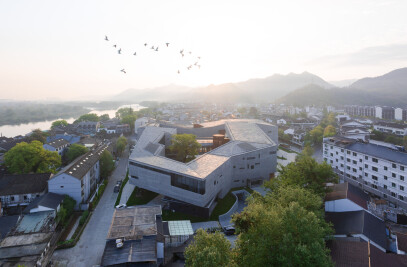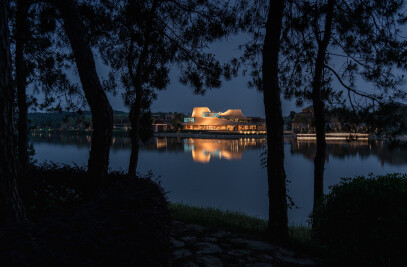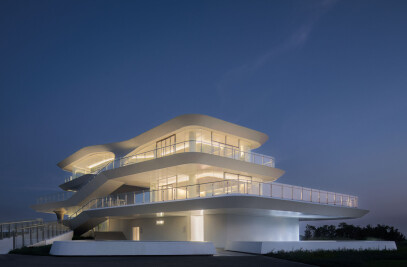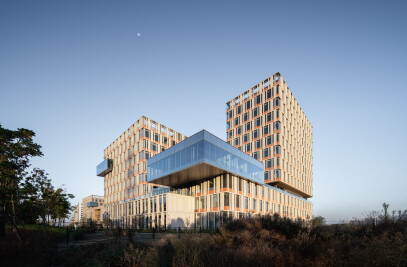"The future education scenarios we envision should be a community where knowledge, information, and vitality are intertwined, and sharing, diversity, and complexity are embraced."
— Zhu Peidong
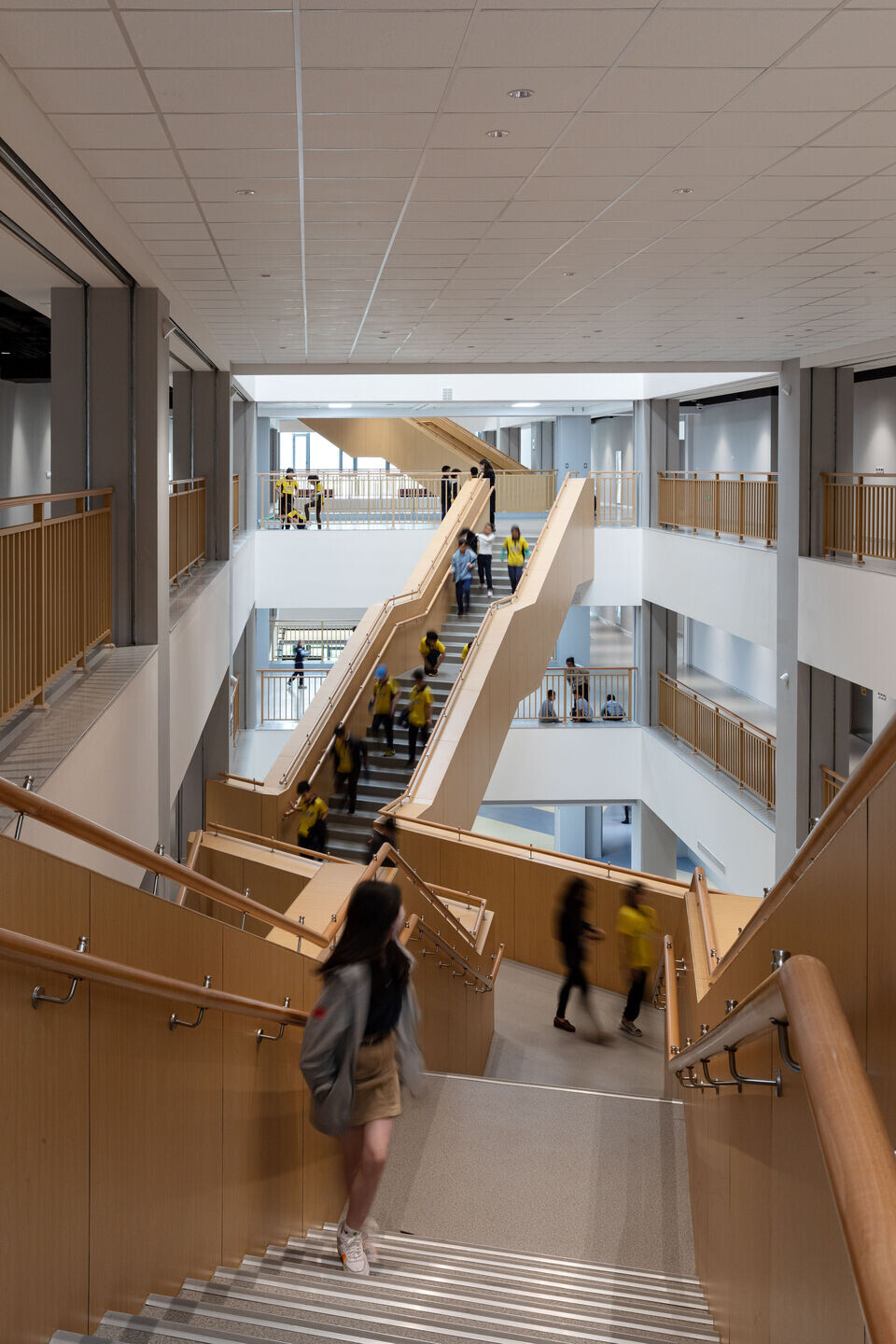
line+, PHOTO by schranimage
HIS Hangzhou International School is one of the earliest K-15 international schools in Hangzhou. In 2018, a new campus was built on the south bank of the Qiantang River in Baima Lake, which includes three academic departments of primary, secondary school, as well as an independent ECE (Early Childhood Education) program. Based on the school's non-traditional educational philosophy, objective site constraints, and self-reflection of architects, we attempted to redefine the meaning of education and create a new teaching scenario characterized by intensive land use and high-efficiency space, with shared and communicative space as the main feature.

01 New Educational Space Configuration: Education Hub
The site is L-shaped with a 45-degree angle to the north-south direction. The owner requested that the main campus and ECE be separated within the site. The tight site constraints meant that the conventional layout of a typical school would be subject to various regulatory conditions, such as daylighting, and would result in significant constraints on the layout of teaching functions and outdoor activity spaces.
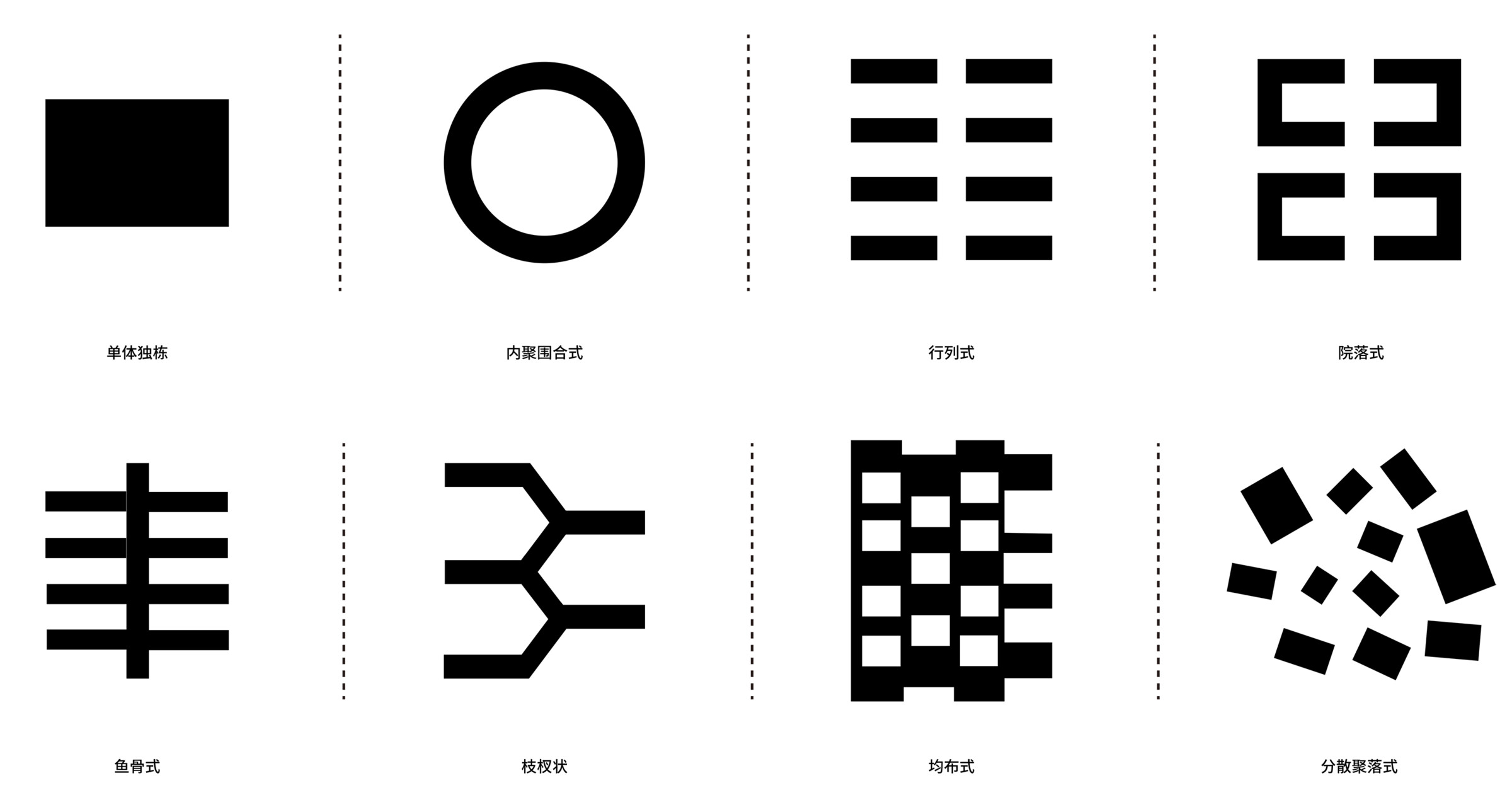


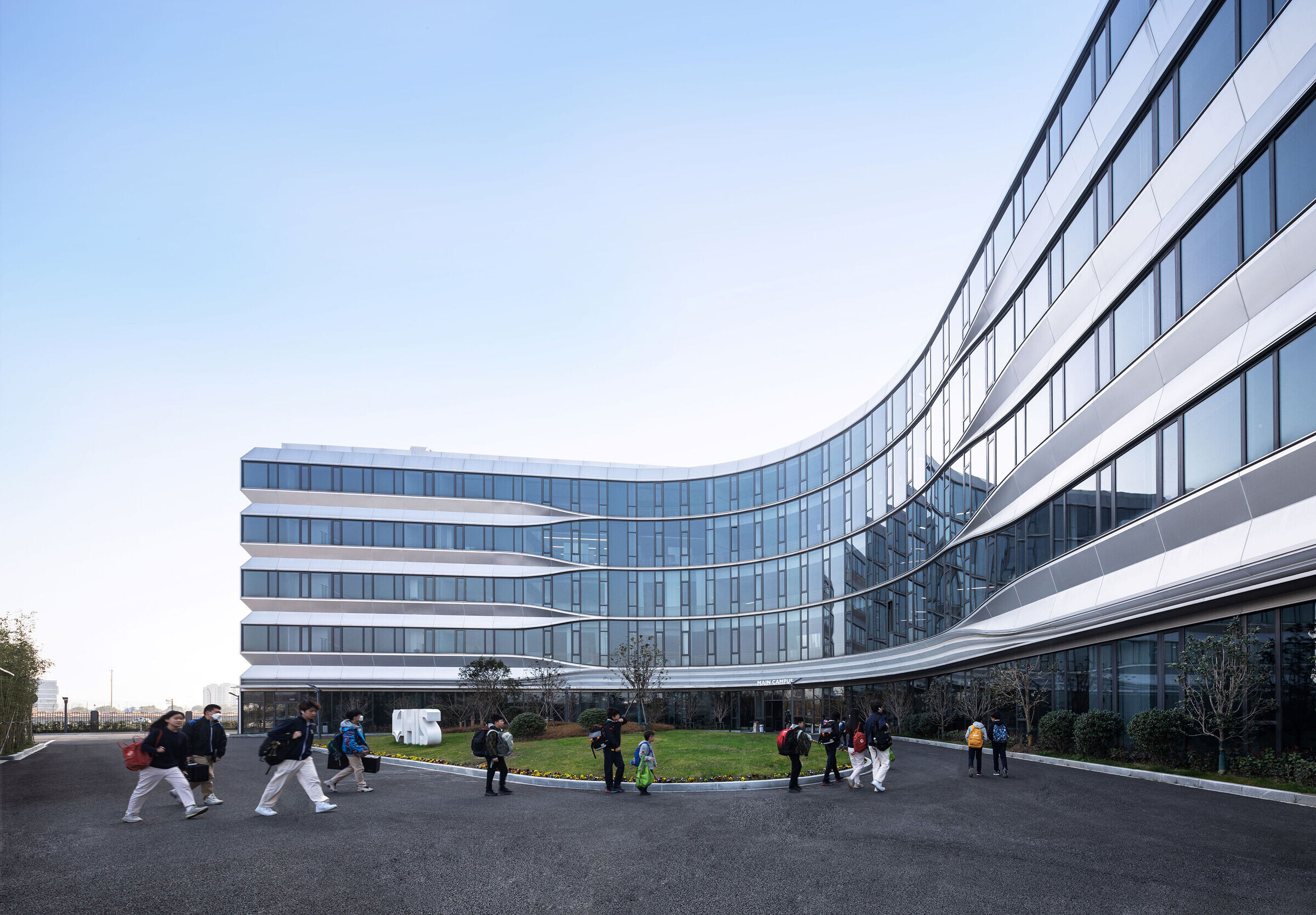
The school adopts a "flexible classroom" teaching model, which gives students more freedom, but also leads to wasted time in transitioning between classes. Therefore, the starting point of the design is how to leave more time for students to communicate and engage in extracurricular activities around "efficiency".
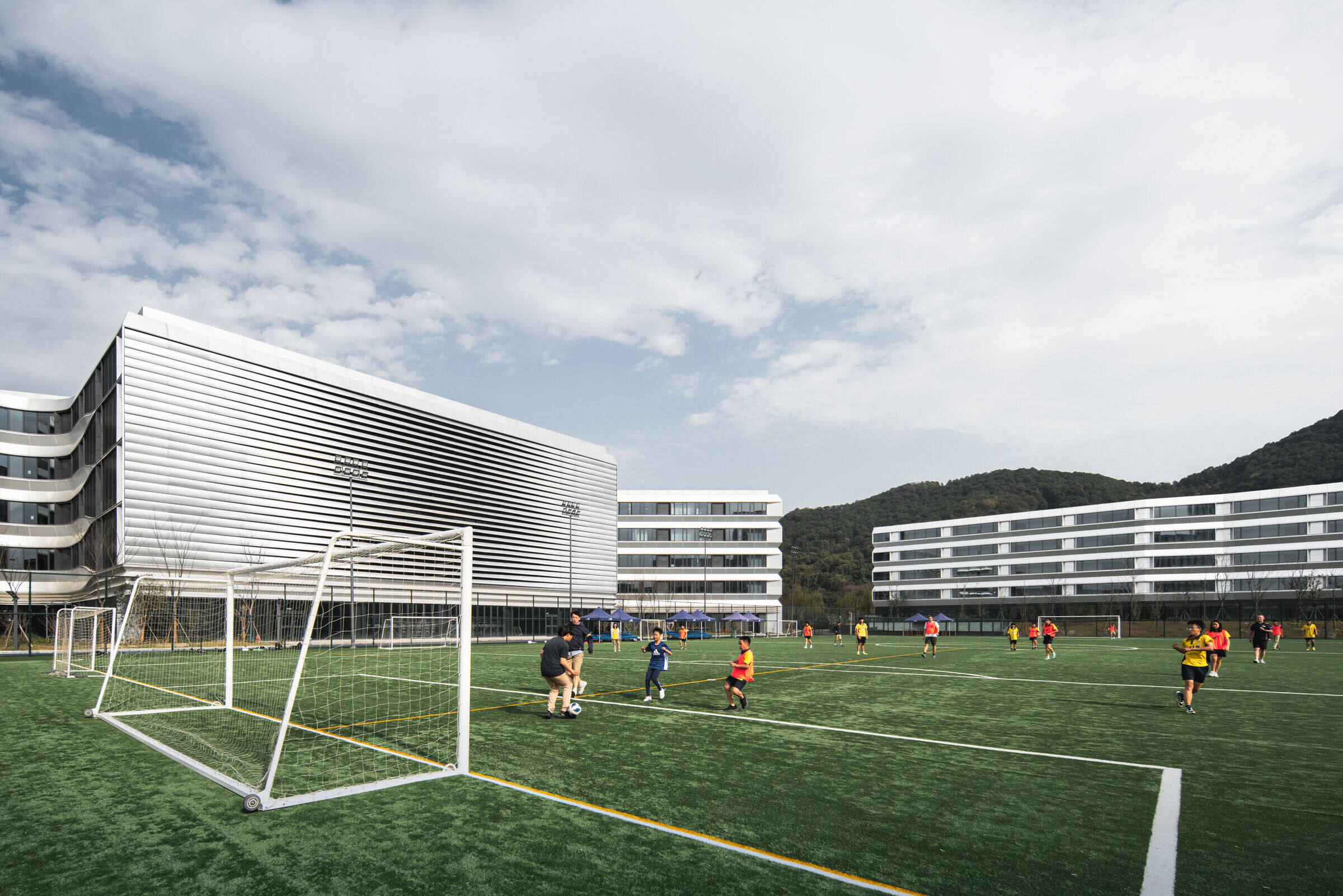
Therefore, we explore new possibilities for future education scenes - an "Education Hub" - which integrates teaching space elements in a non-linear, platform-based manner to create more efficient, shared, and equitable learning experiences. On the other hand, the comprehensive form strategy organizes the campus circulation in the most compact way possible to meet the all-weather and all-climate teaching space usage requirements of international schools while maximizing outdoor spaces.

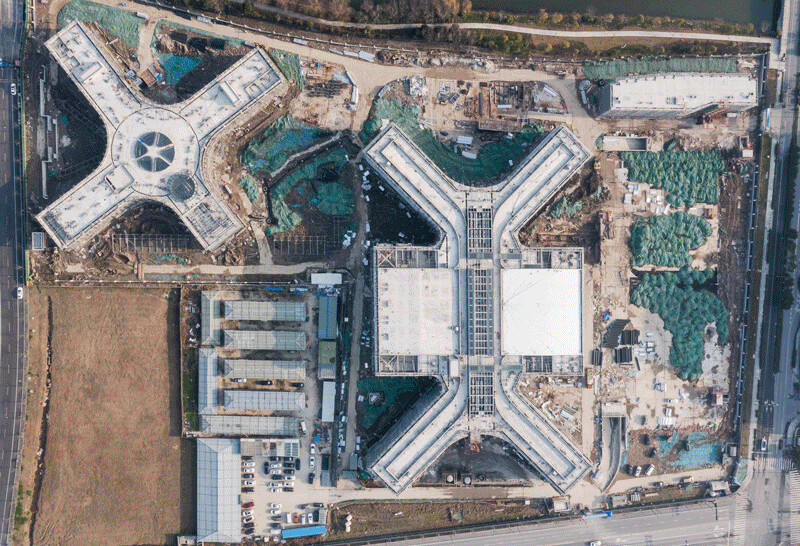

02 Space Experience as Education: New Scenarios and New Experiences
The uncertain teaching space, through the spontaneous use and multiple interpretations of teachers and students, achieves the original design intention of achieving an open educational concept through spatial experience.

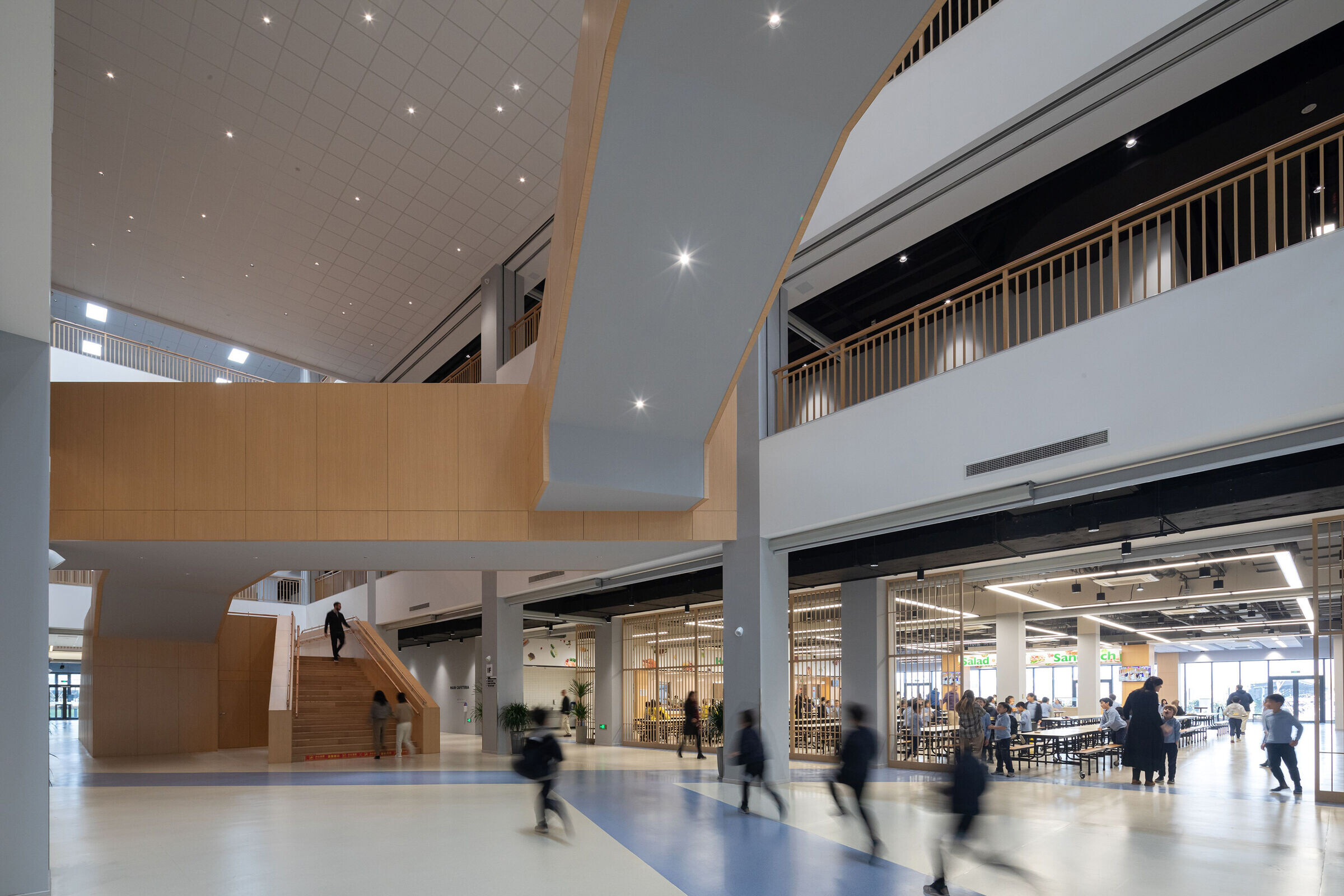

We placed the shared activity space for all students and teachers at the center of the centralized layout, as the Hub. Under the premise of satisfying the requirements of sunlight, excluding shading, and independent division of each grade, four equally long teaching clusters are connected to the hub at a 45-degree angle, forming a concentric centralized combination of functional rooms around the shared space. This layout is more conducive to the development of public activities, encourages gathering and promotes communication.
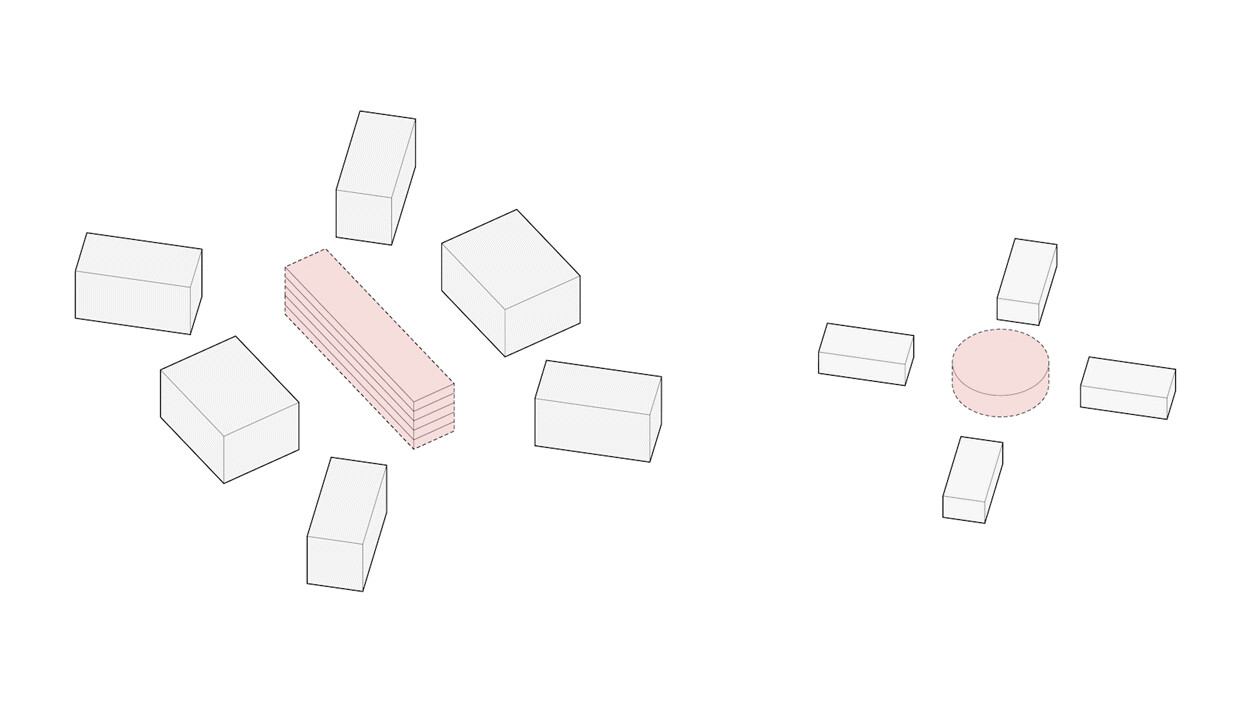
| Hub as a Social Platform
The atrium stairs serve as the spatial guide and organizer of the Hub, and are linked to the grand staircase in the lobby and the corridors inside the teaching clusters to create a continuous social platform.
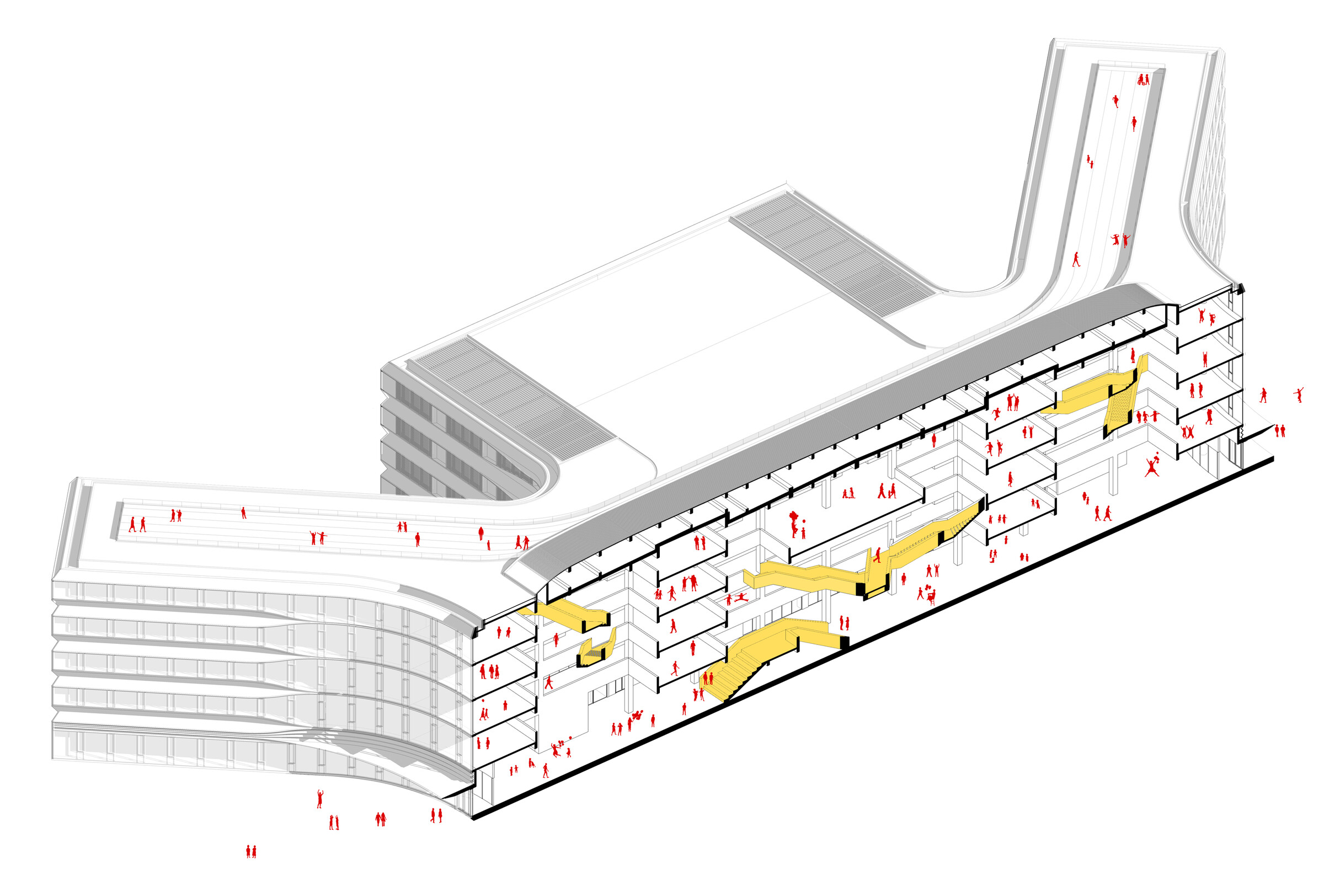
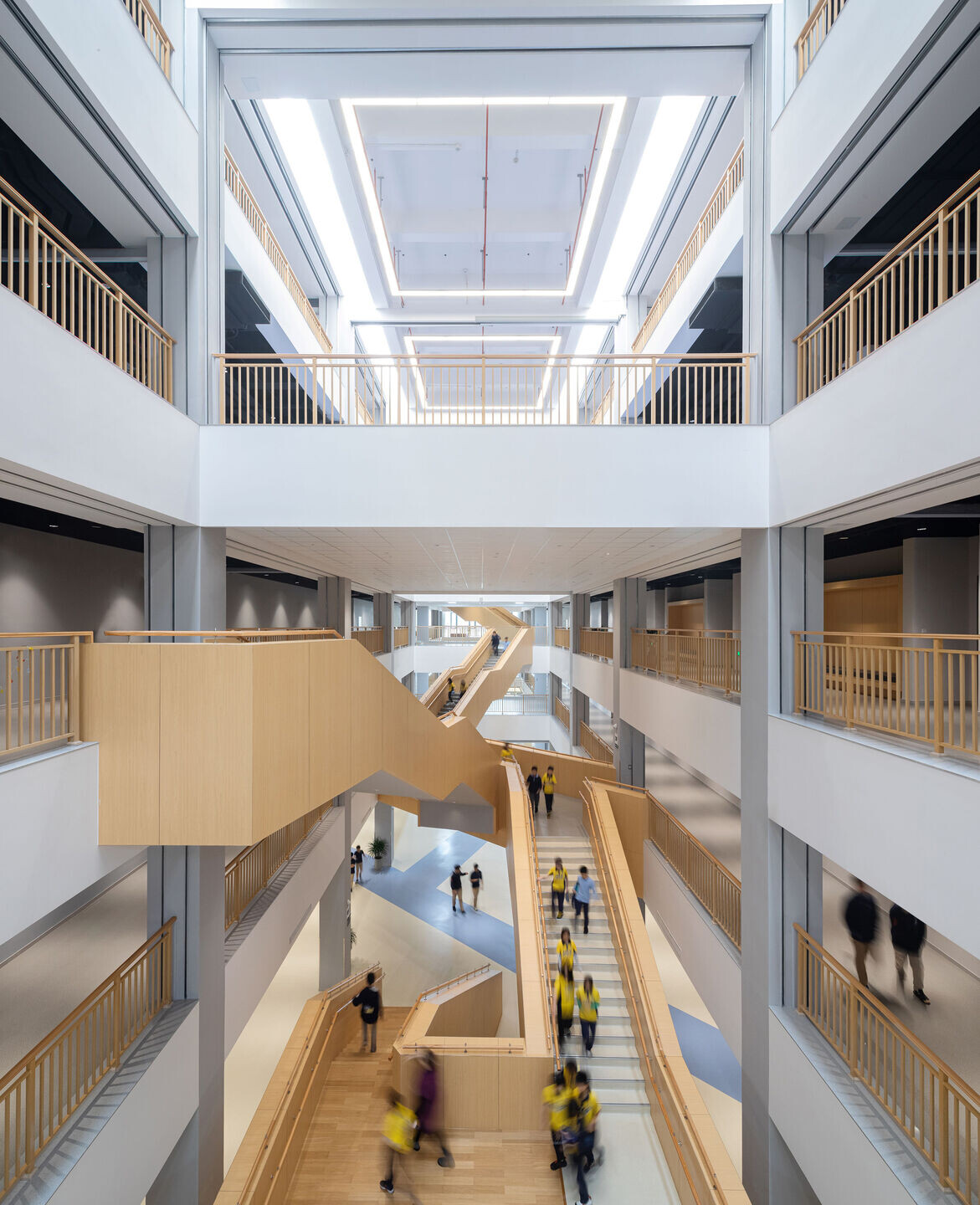
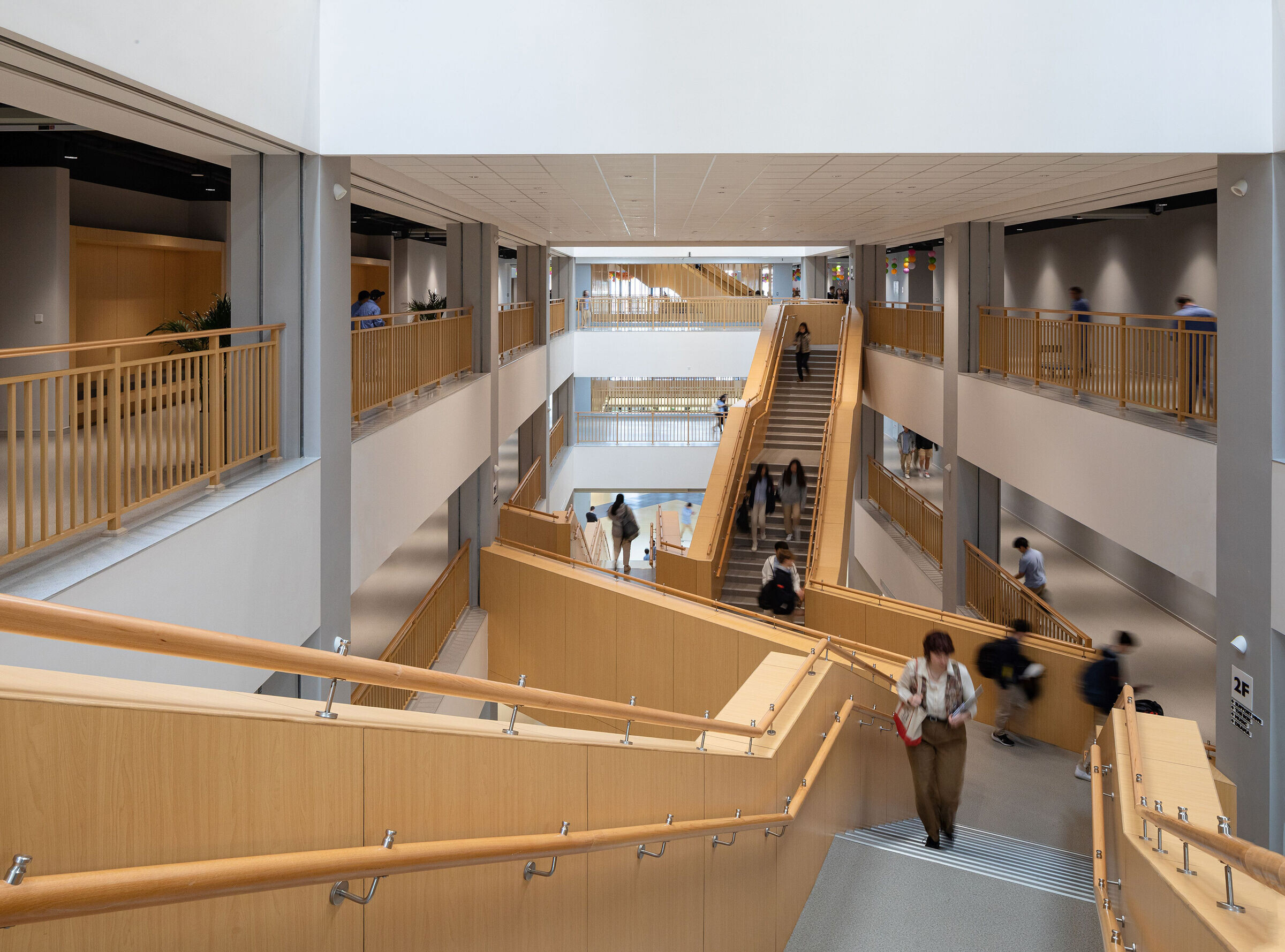
In the rectangular box volume, through the changes in form such as interlocking and dialogue, the structure itself becomes an interesting spatial landscape, breaking the monotonous flow and integrating into the shared hub.

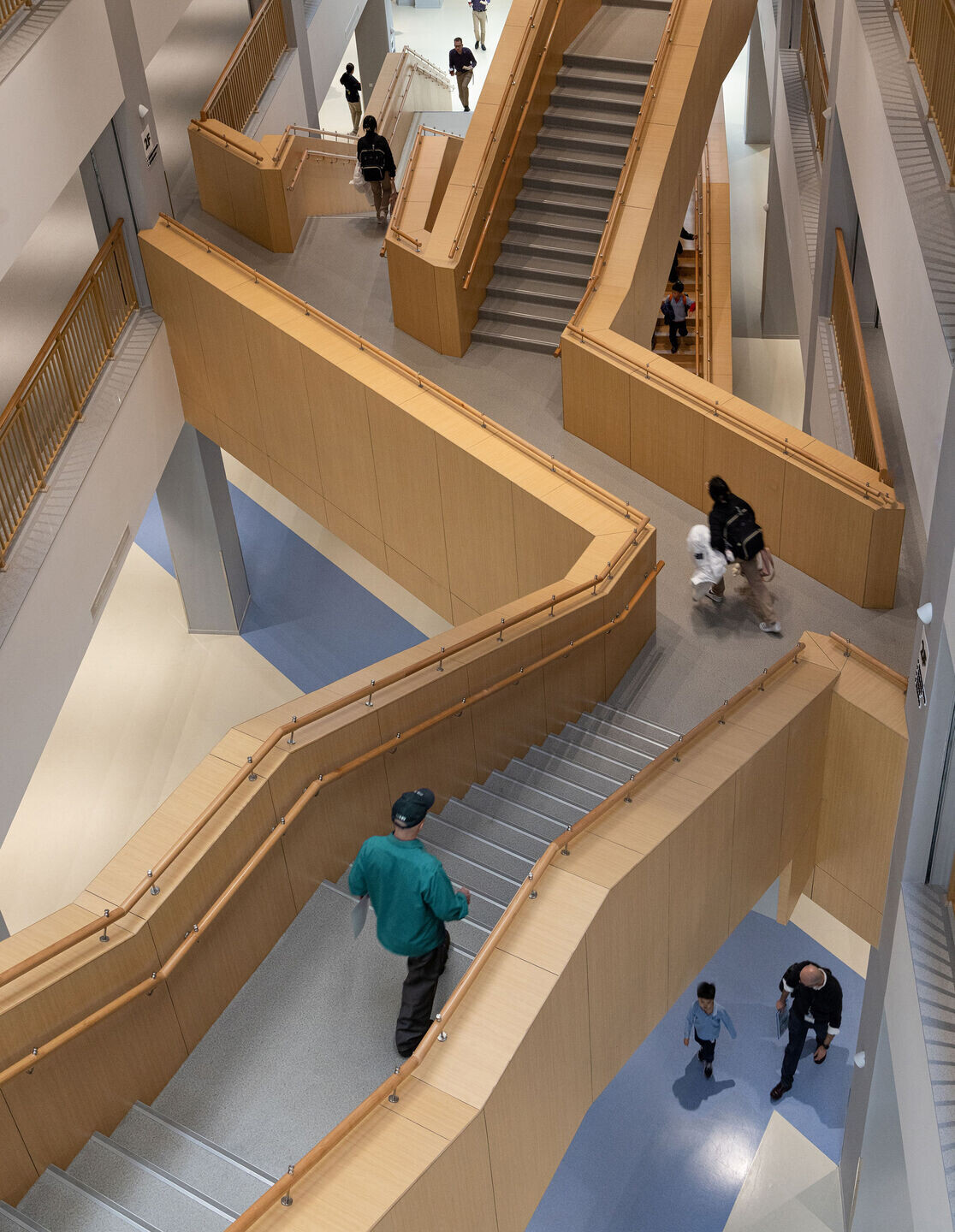
Similarly, the central atrium staircase of the kindergarten is connected to the circular corridor in the form of a slide, establishing an activity and communication platform in line with the playfulness of young children.
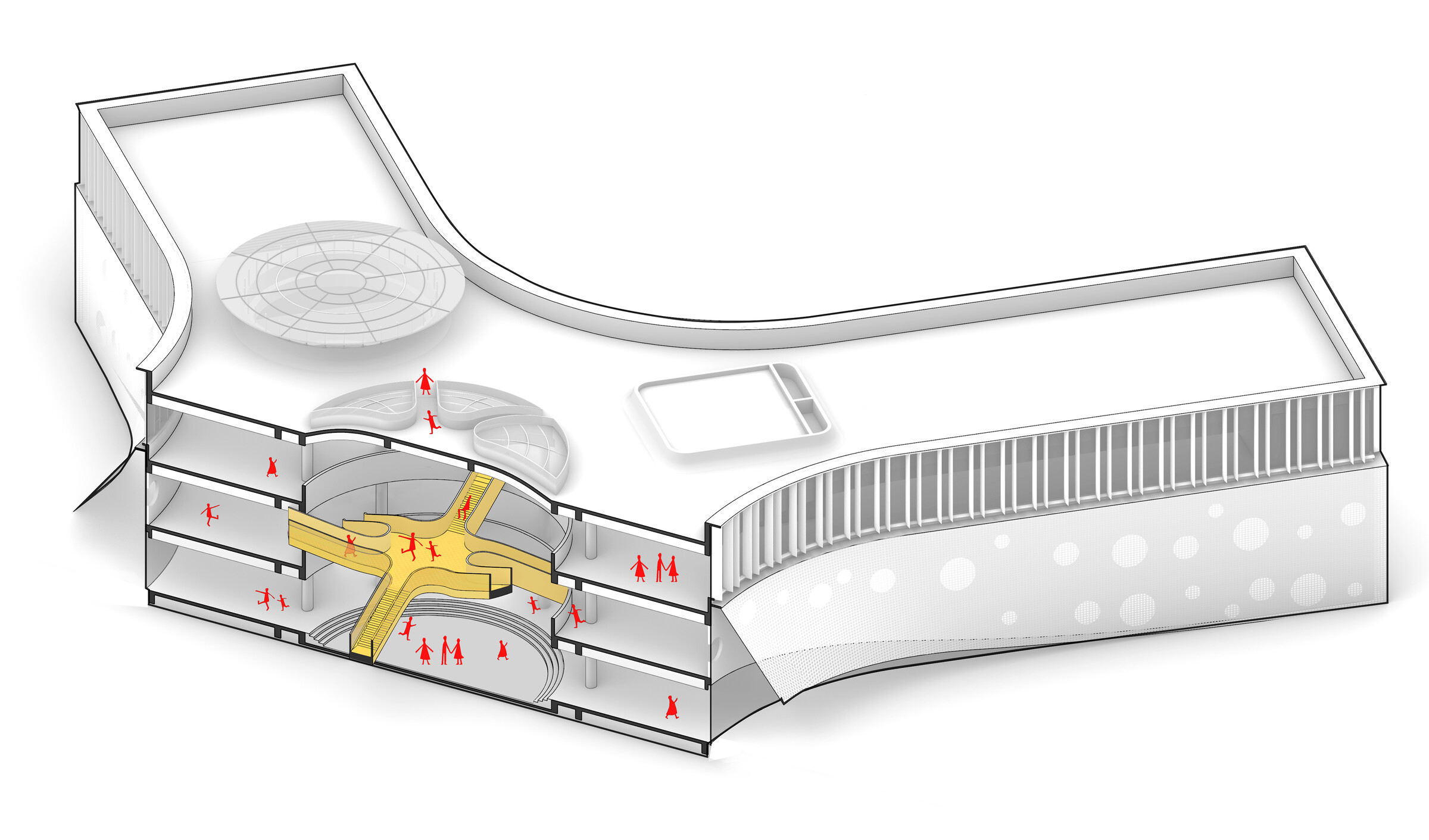
| Hub as an Activity Platform
Hub is a "complex" programmed by vertically stacked public spaces for sports, games, performances, rehearsals, and daily dining. The circulations of teachers and students from various faculties converge and overlap here, achieving deep communication and sharing.
Different from the usual school schedule, after 3 pm every day is the time for club activities centered around the Hub. Here, students grow through interactions, cooperation, and competition with their peers, gaining confidence on the "stage" where they are the main characters. This is also the original intention of Hub's design.
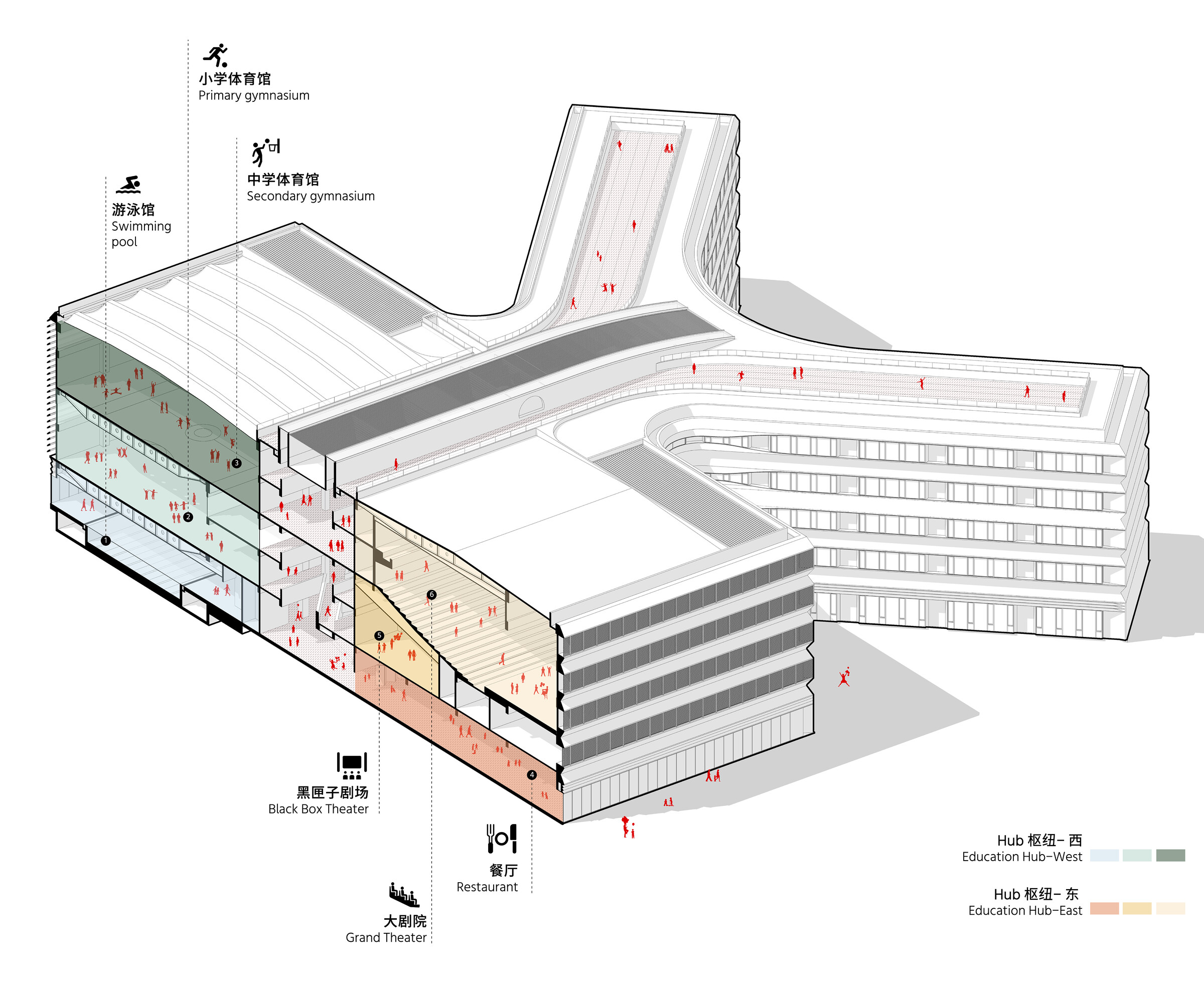
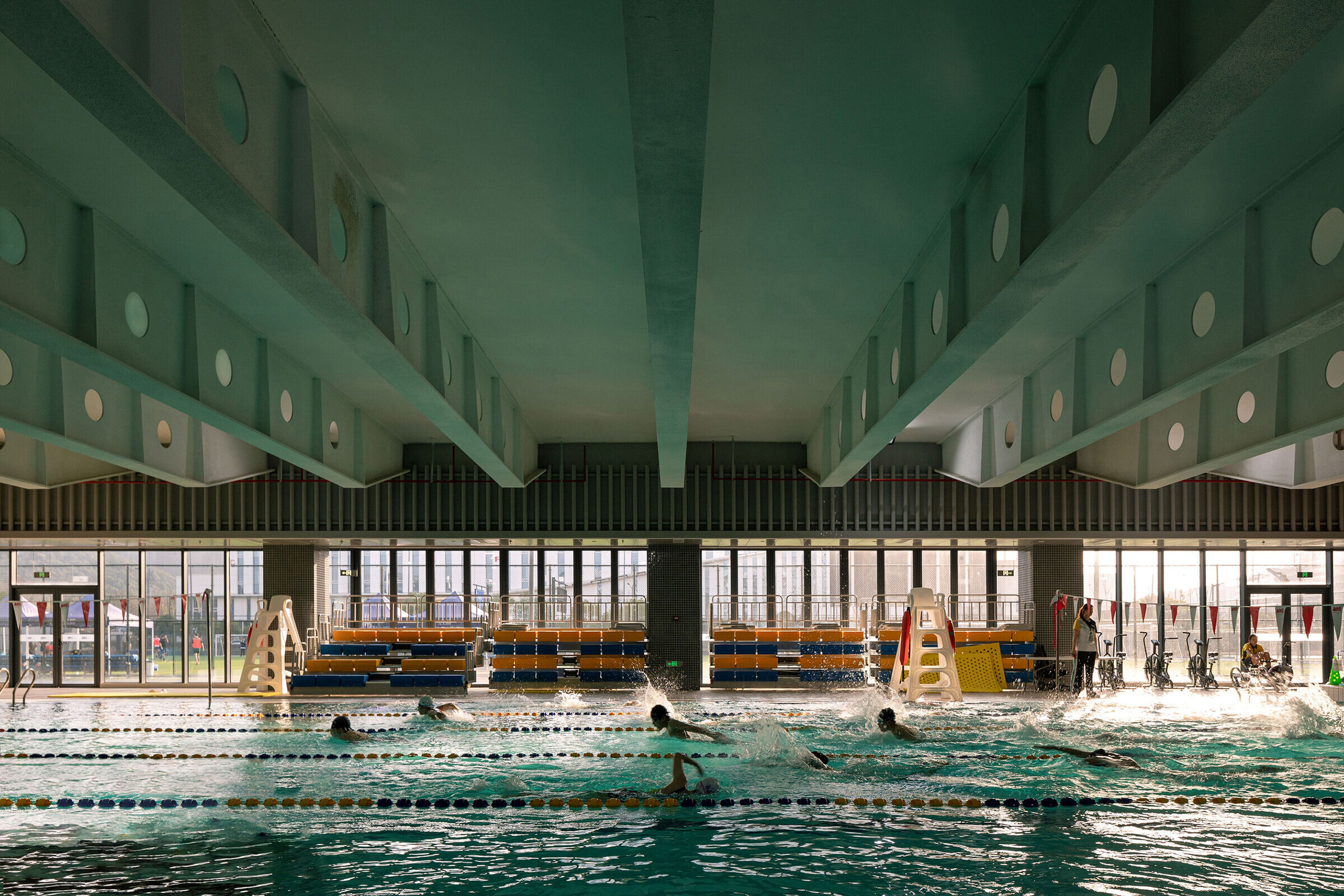
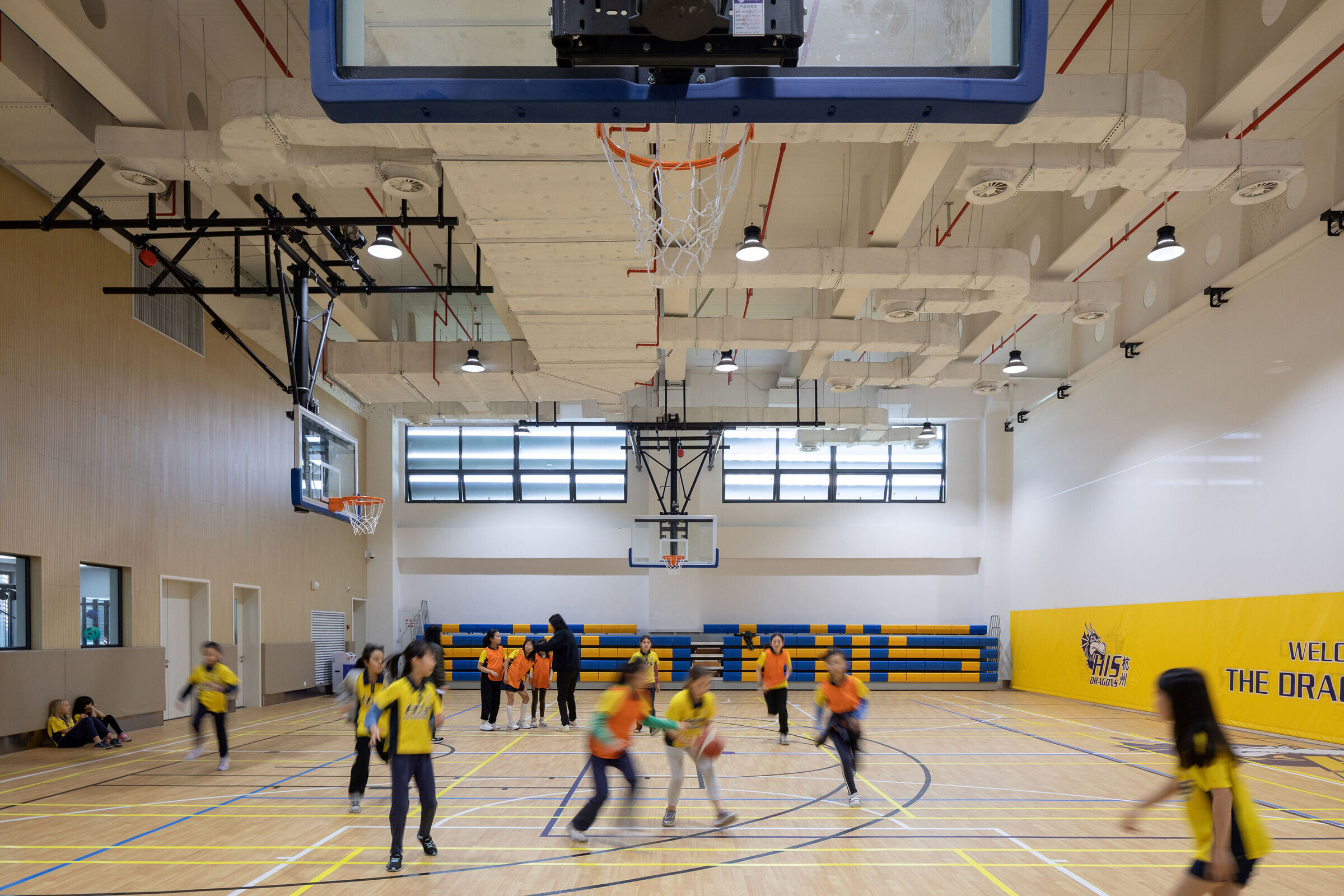

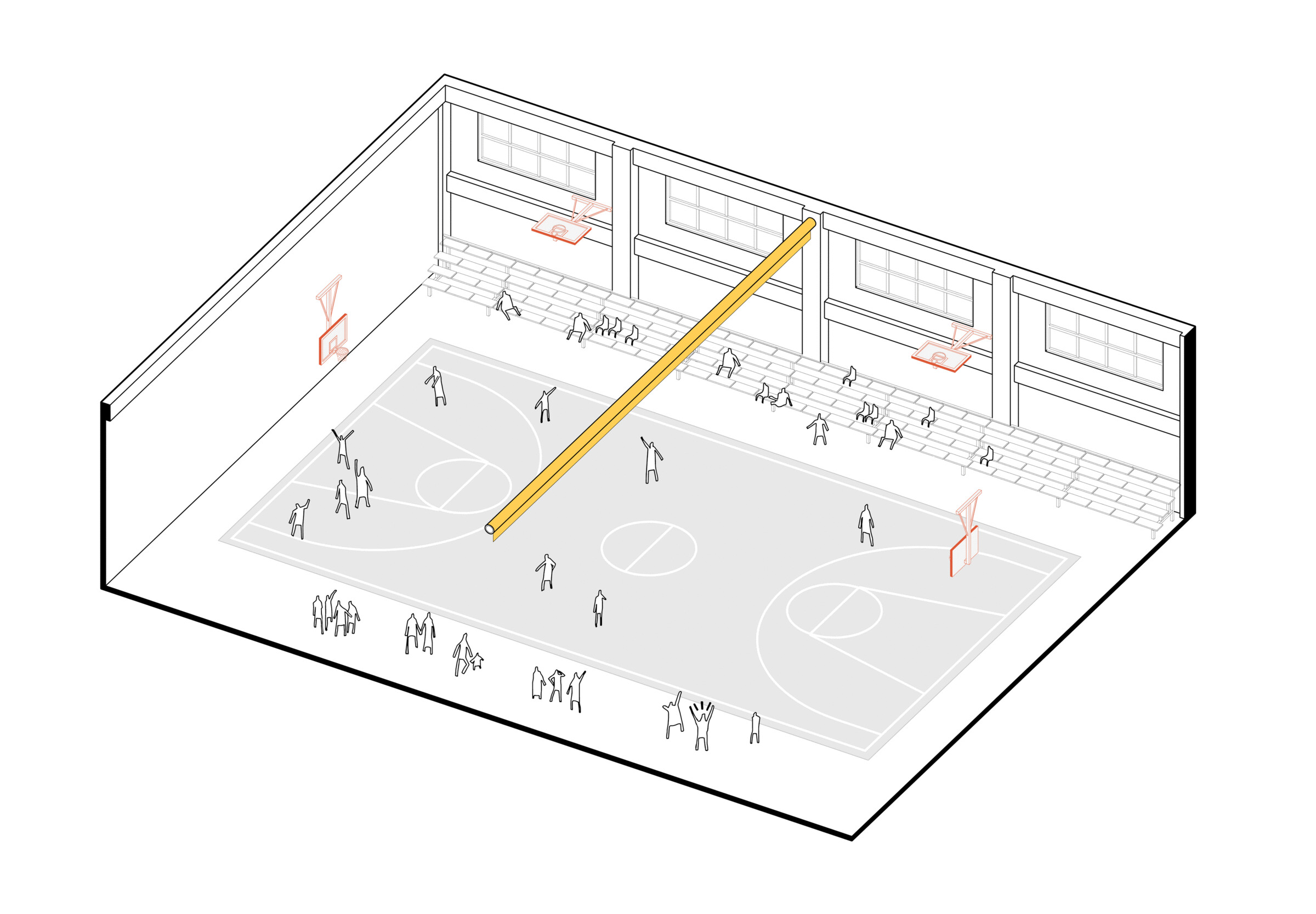

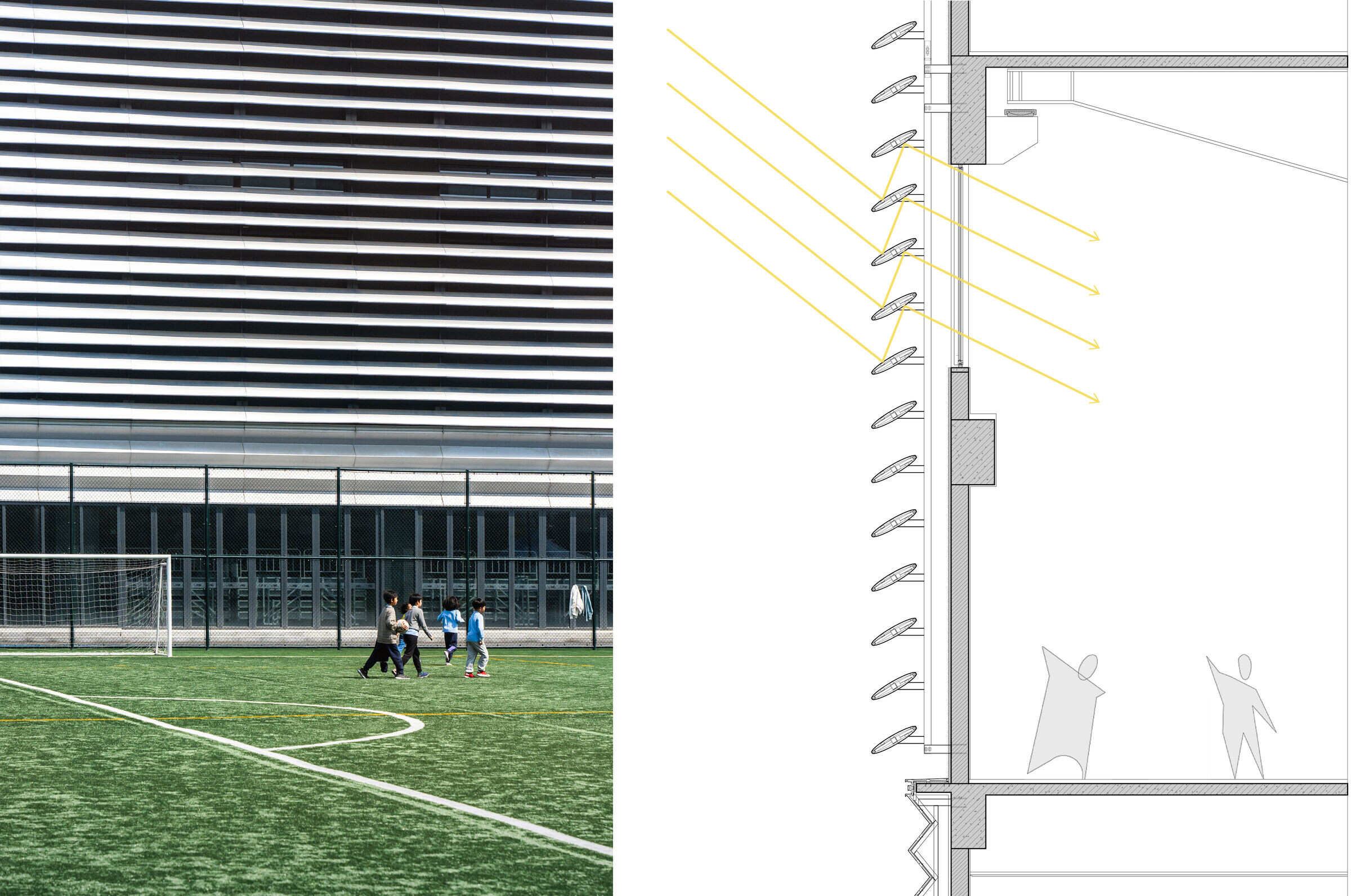
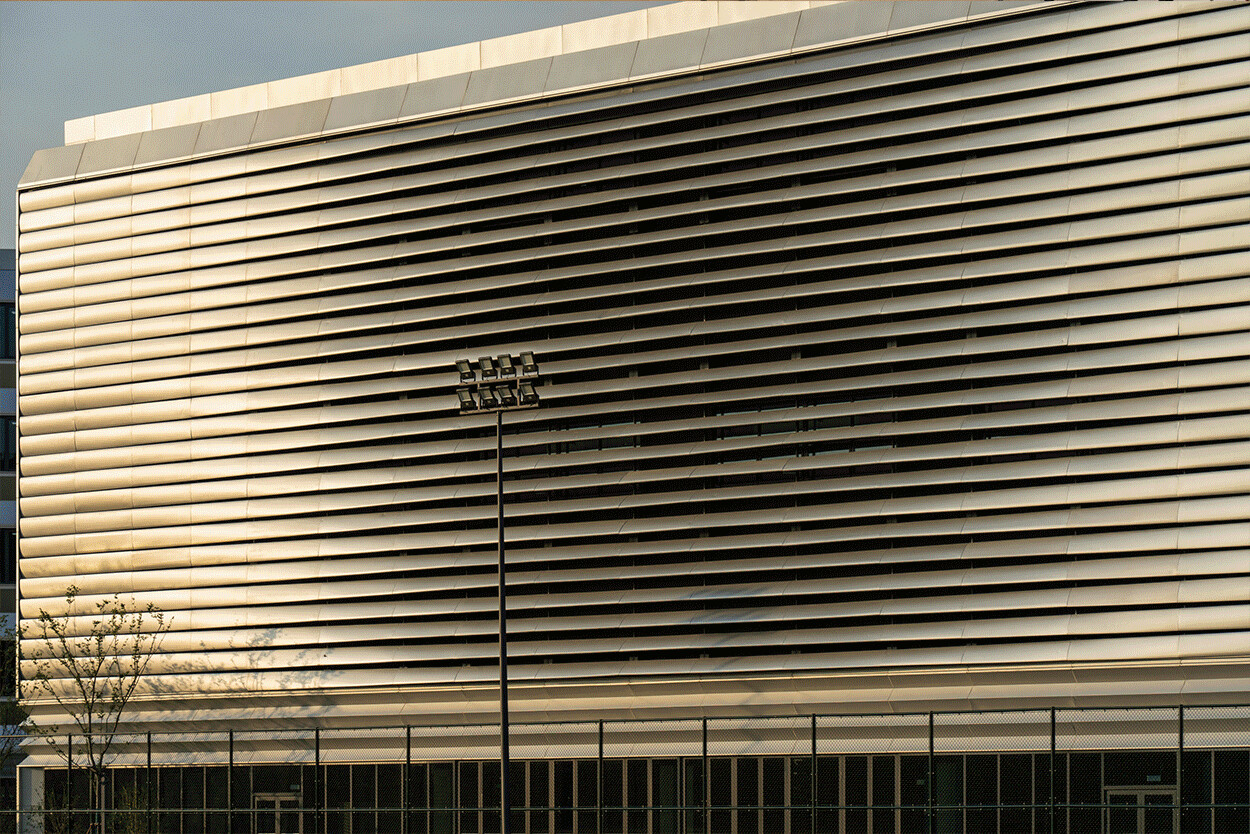
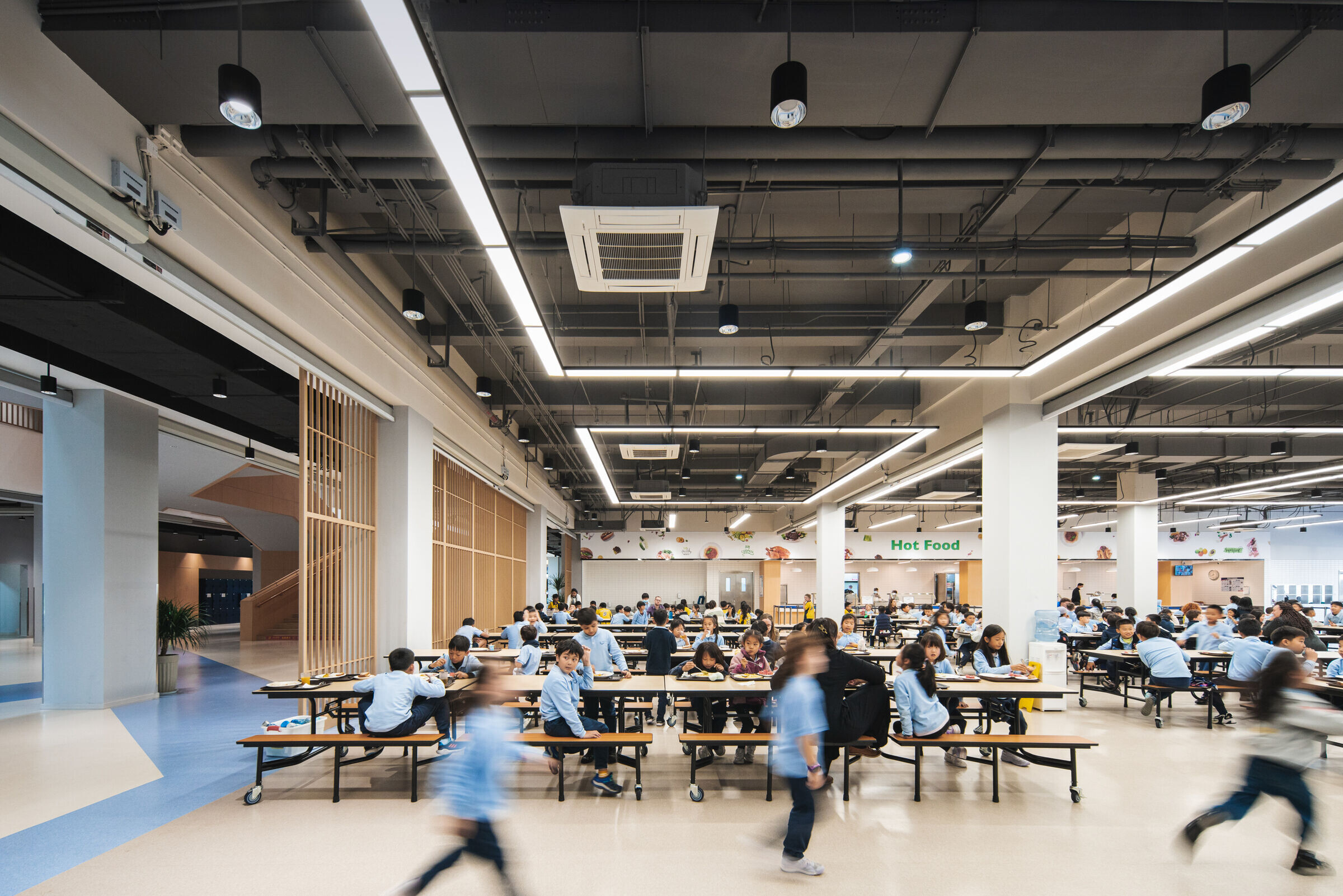
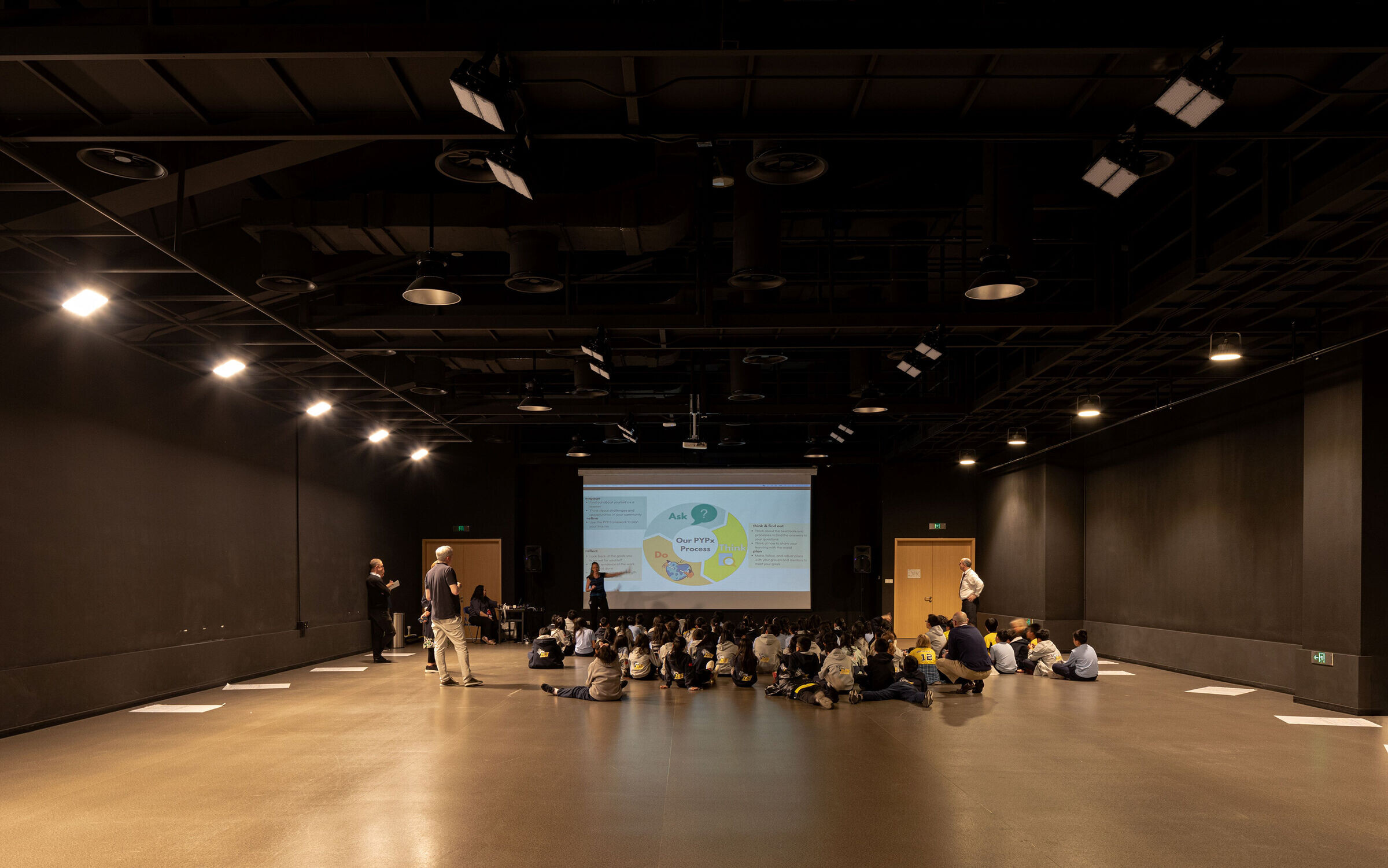
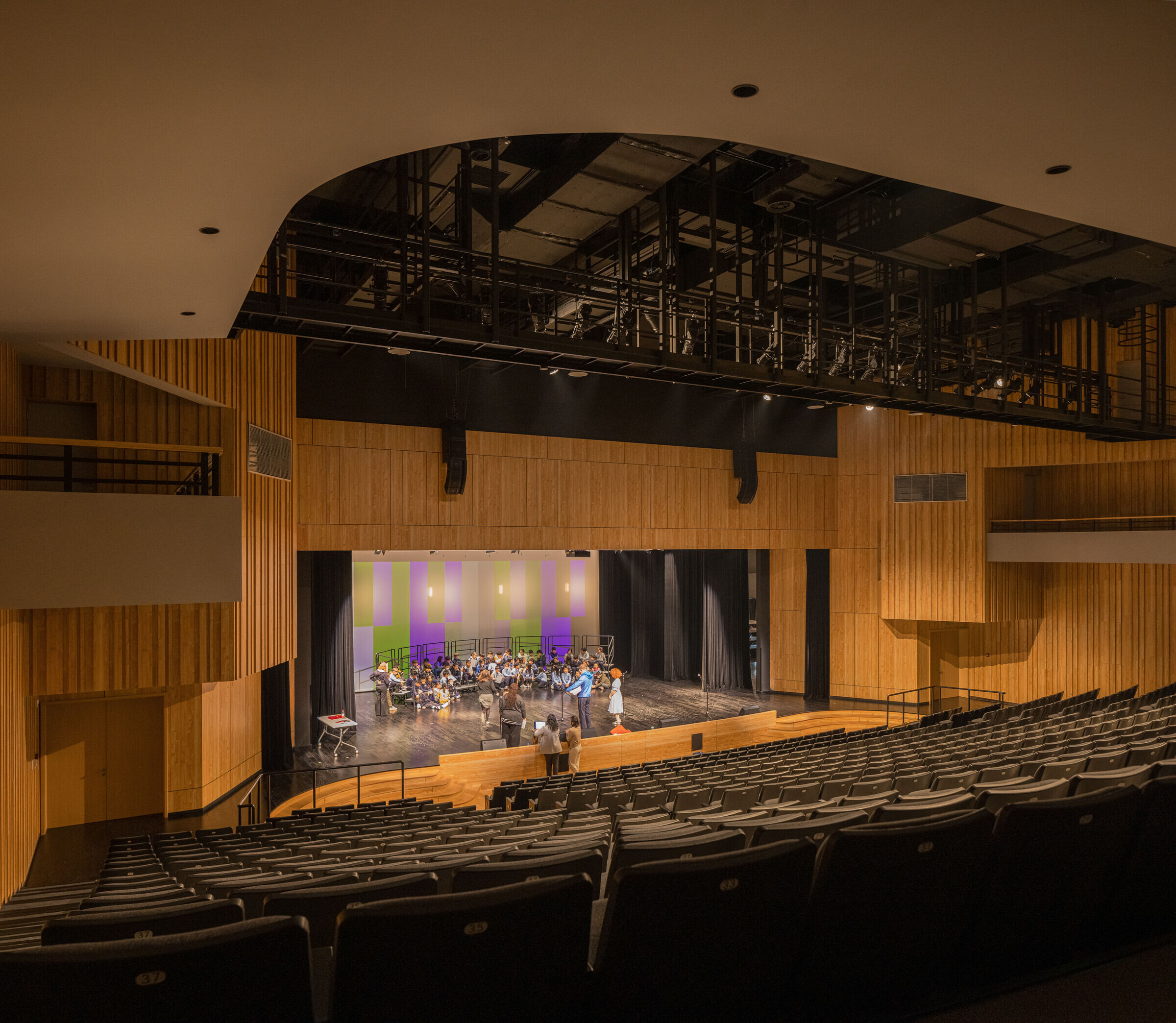
| Interconnected Teaching Clusters
The design sets classrooms only on one side of the corridor and leaves a 4.2-meter unstructured space on the other side, creating multiple space nodes for activities and spontaneous discussions, which stimulates chance encounters and informal interactions while maintaining smooth accessibility to the Hub. The mixture of formal and informal teaching functions catalyzes a diversity of teaching behaviors, responding to the original intention of non-linear education.
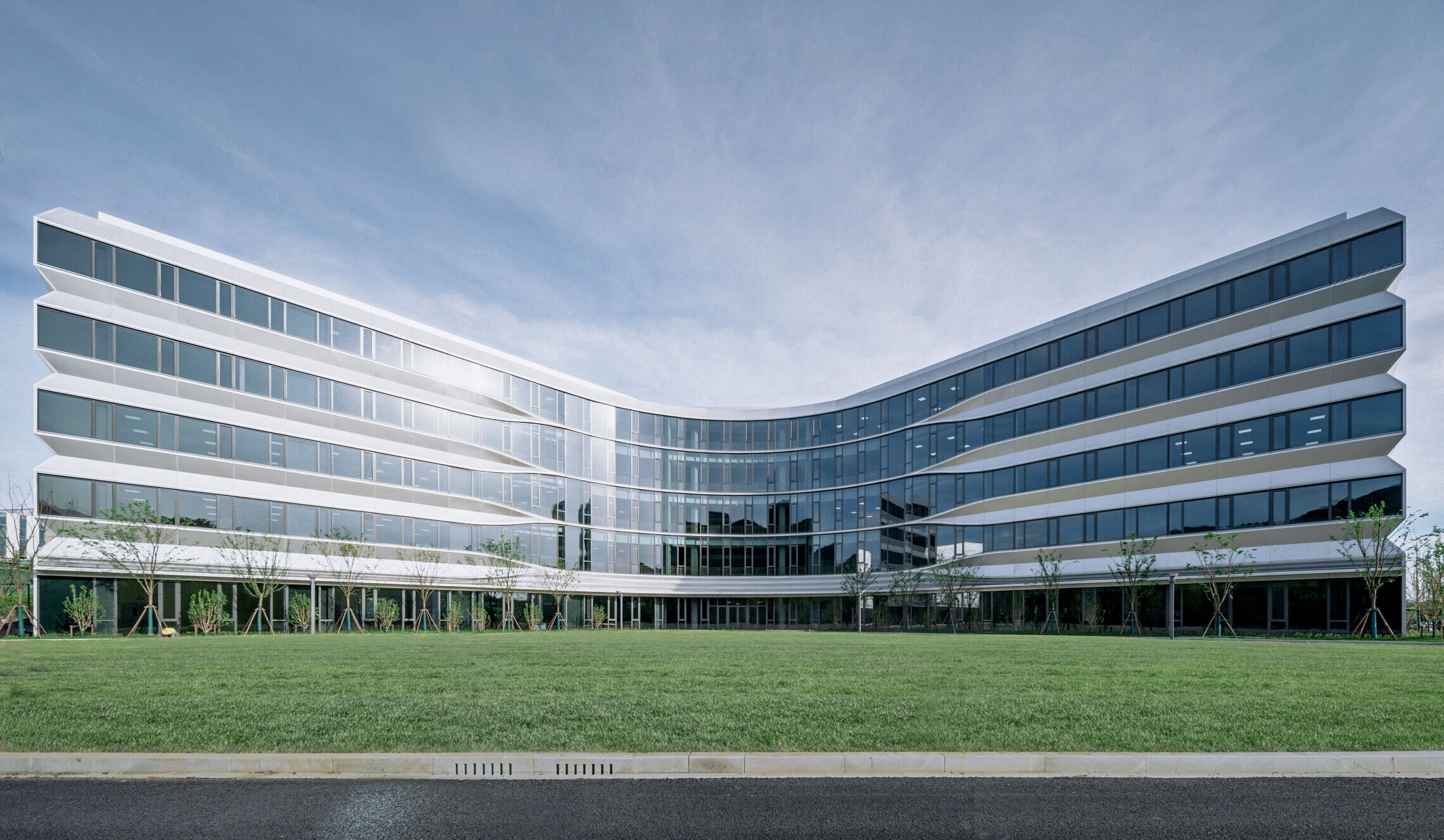

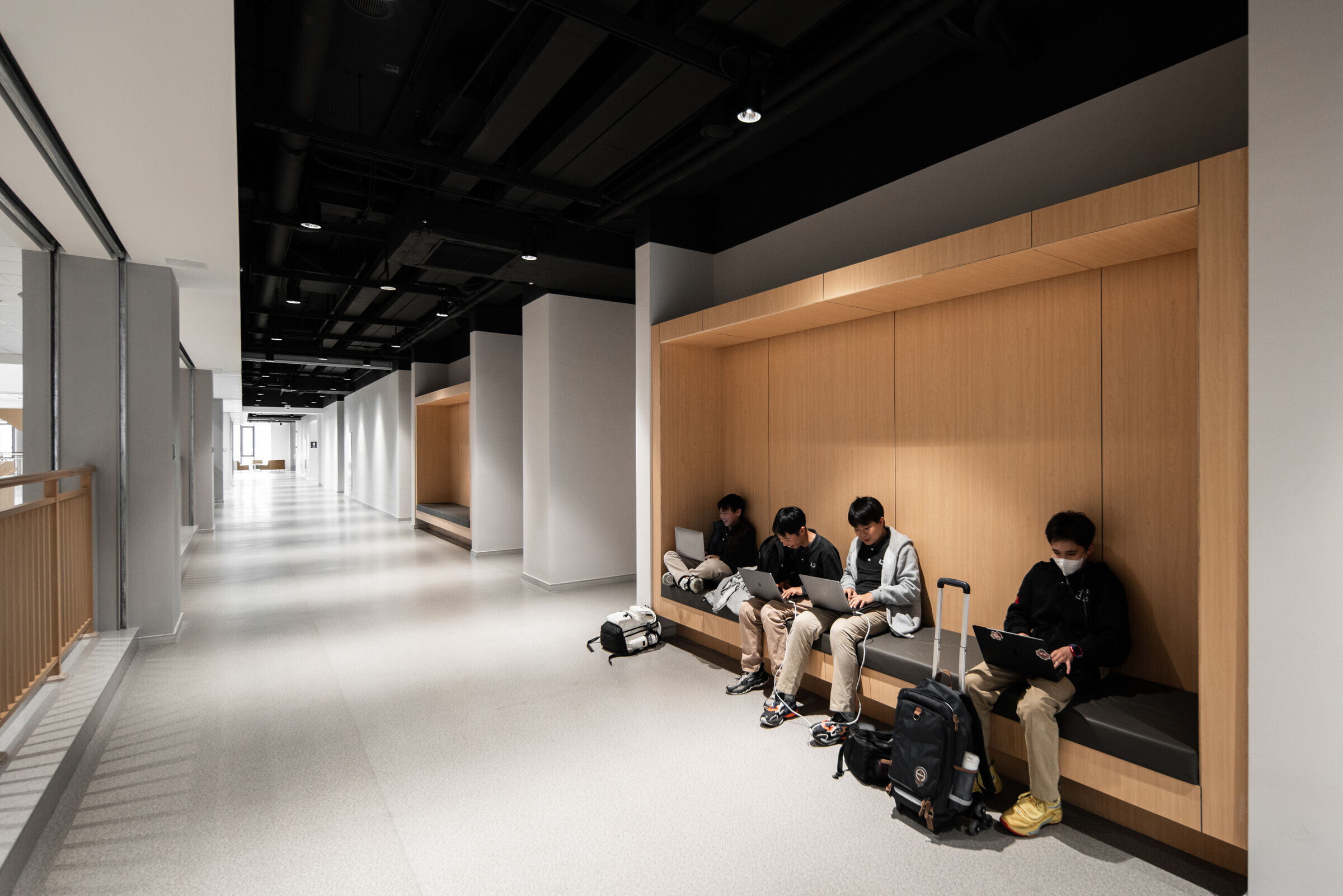
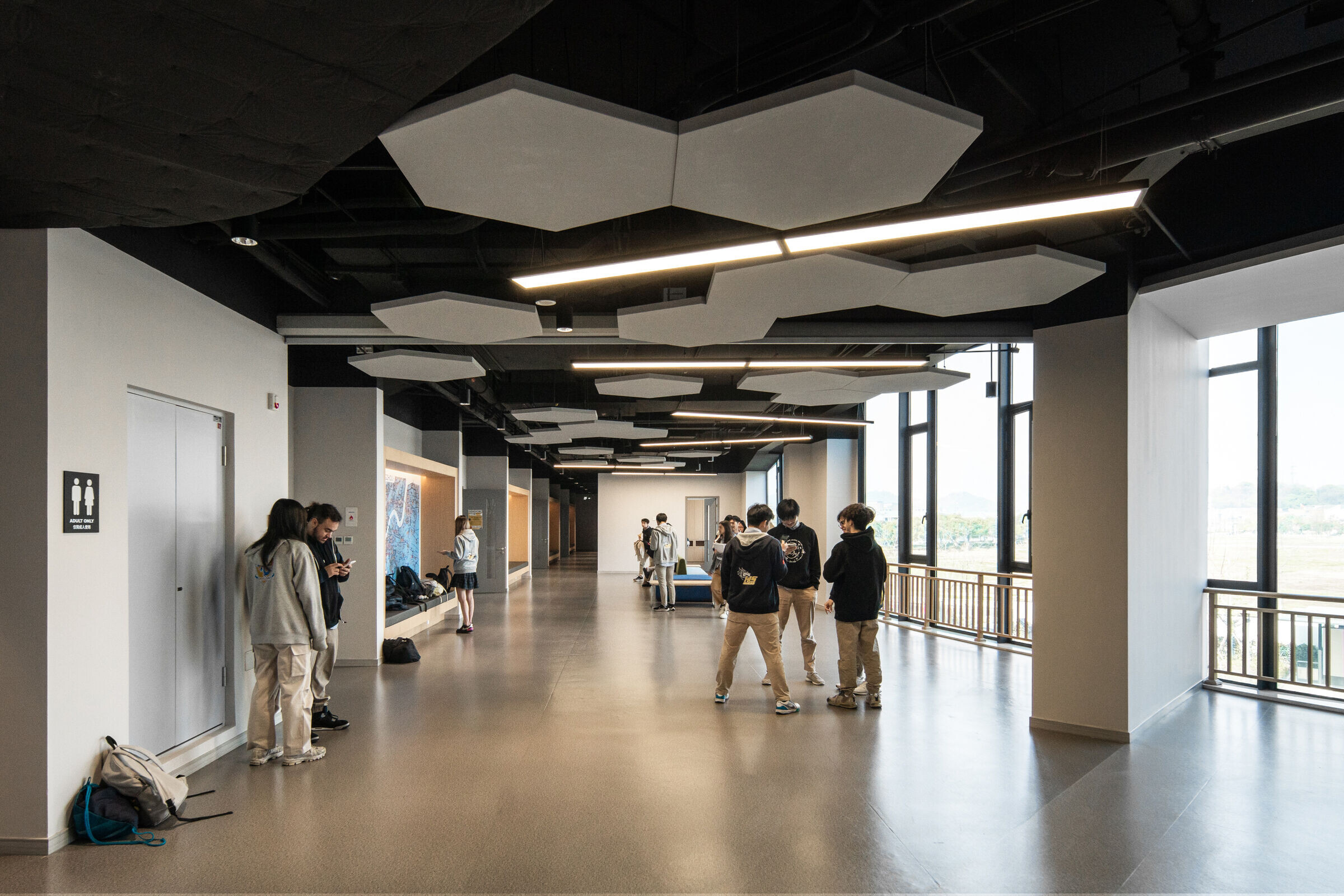
The building facade of the teaching clusters emphasizes the horizontal lines and adopts silver aluminum panels and crystal gray glass, forming a highly futuristic and modern architectural image with concave folding on the horizontal direction.
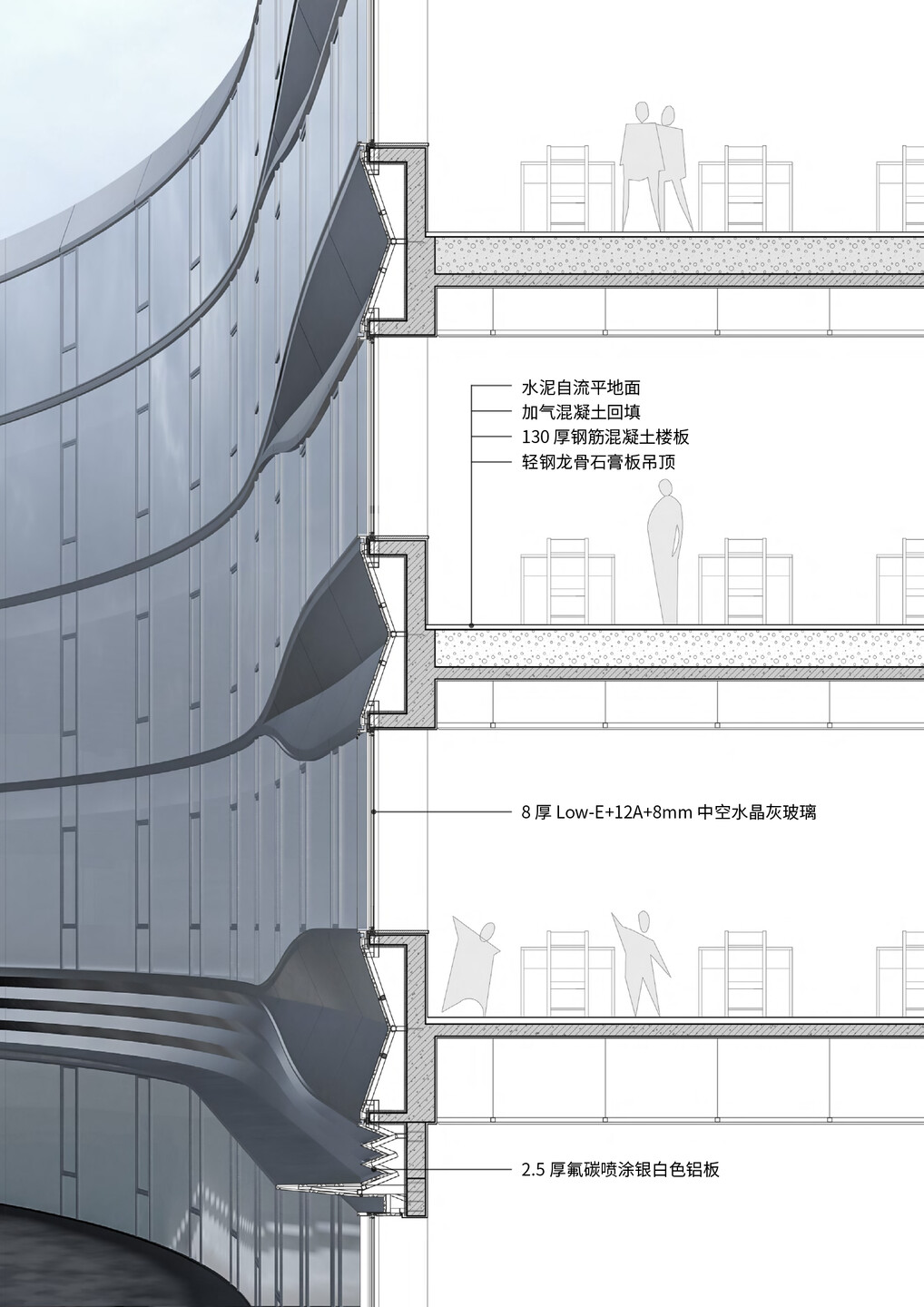

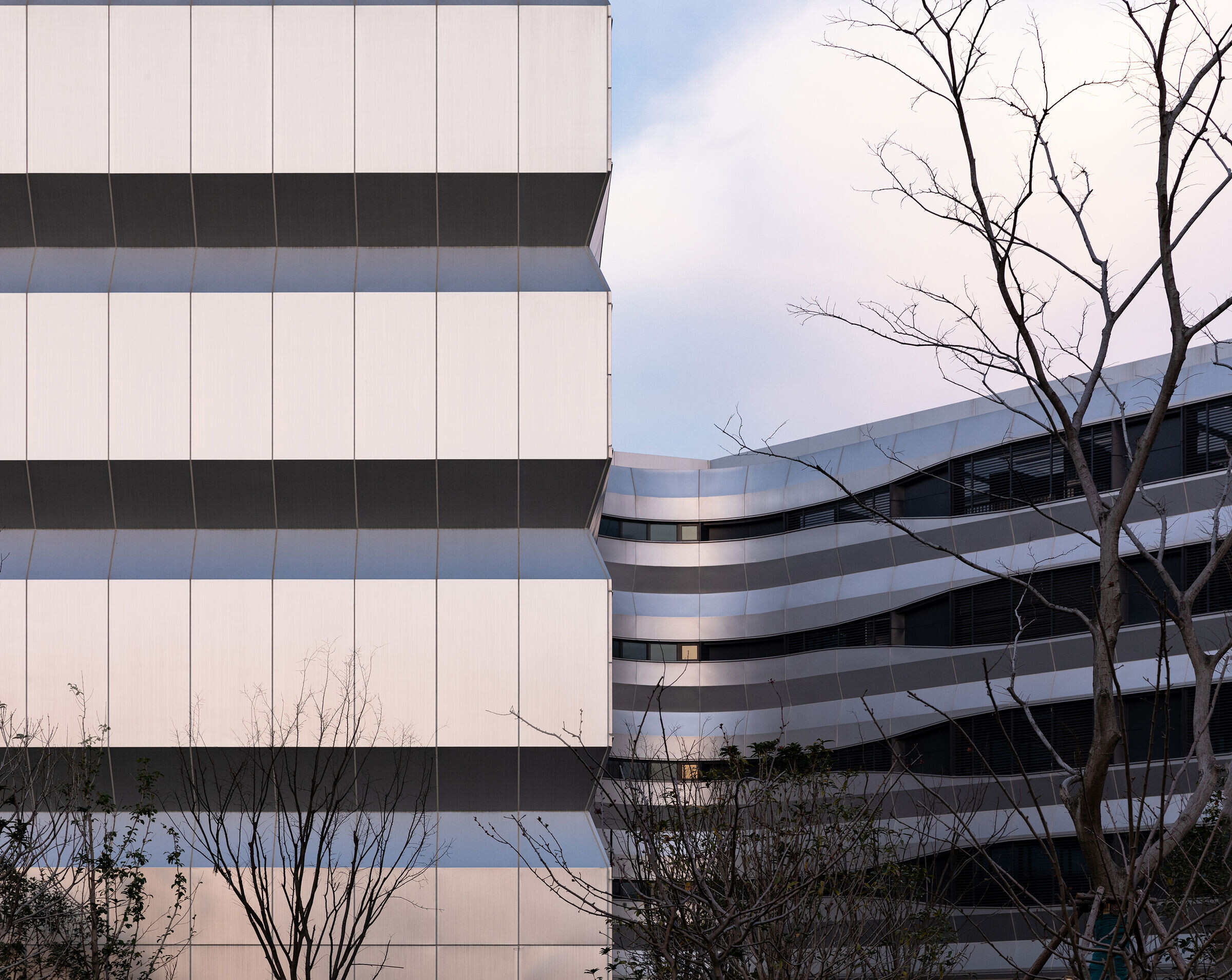
03 Prototype Experiment of Educational Space: Centered Radian Configuration
The centered radian configuration adopted by Education Hub at Hangzhou International School was commonly seen in urban planning or building types such as museums, transportation hubs, etc., for example, the Arc de Triomphe in Paris, T3 and Daxing International Airports in Beijing. In the layout configuration, we drew on the advantages of flexible zoning and shared facilities in modern hub-type buildings to improve the spatial utilization and flexibility of intensive land use.

The efficient shared spatial experience and integrated spatial feeling of hub buildings also provide a prototype foundation for the spatial construction of Education Hub.
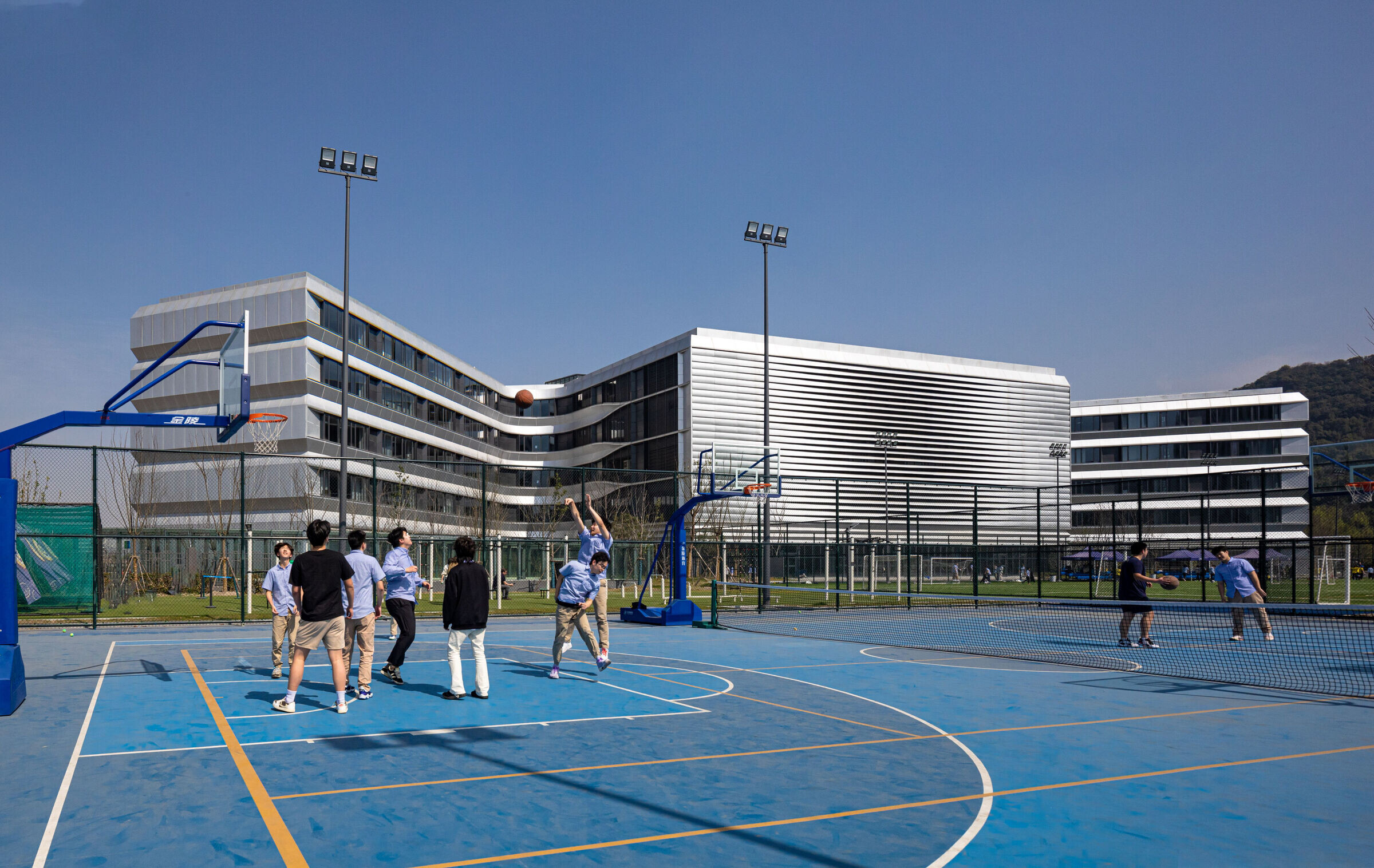
Furthermore, we replaced the traditional visual or authoritative center with the activity space of non-traditional teaching as the center, creating a decentralized and more equal relationship between teachers and students on campus.
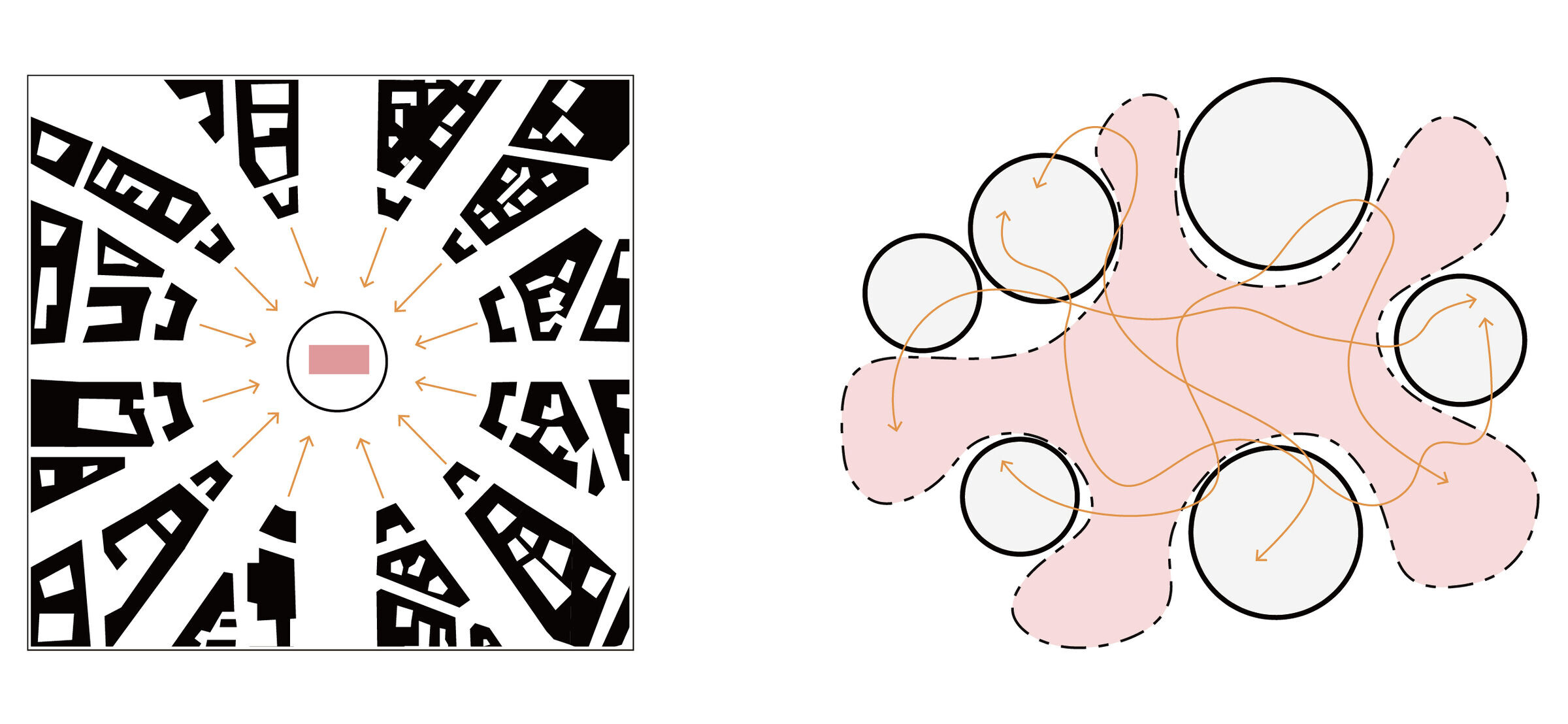
Education Hub is not only a vision of future teaching scenarios but also a prototype of educational space applicable to widely intensive land use - releasing the maximum open activity space with limited land use and creating a more efficient and shared new campus experience.
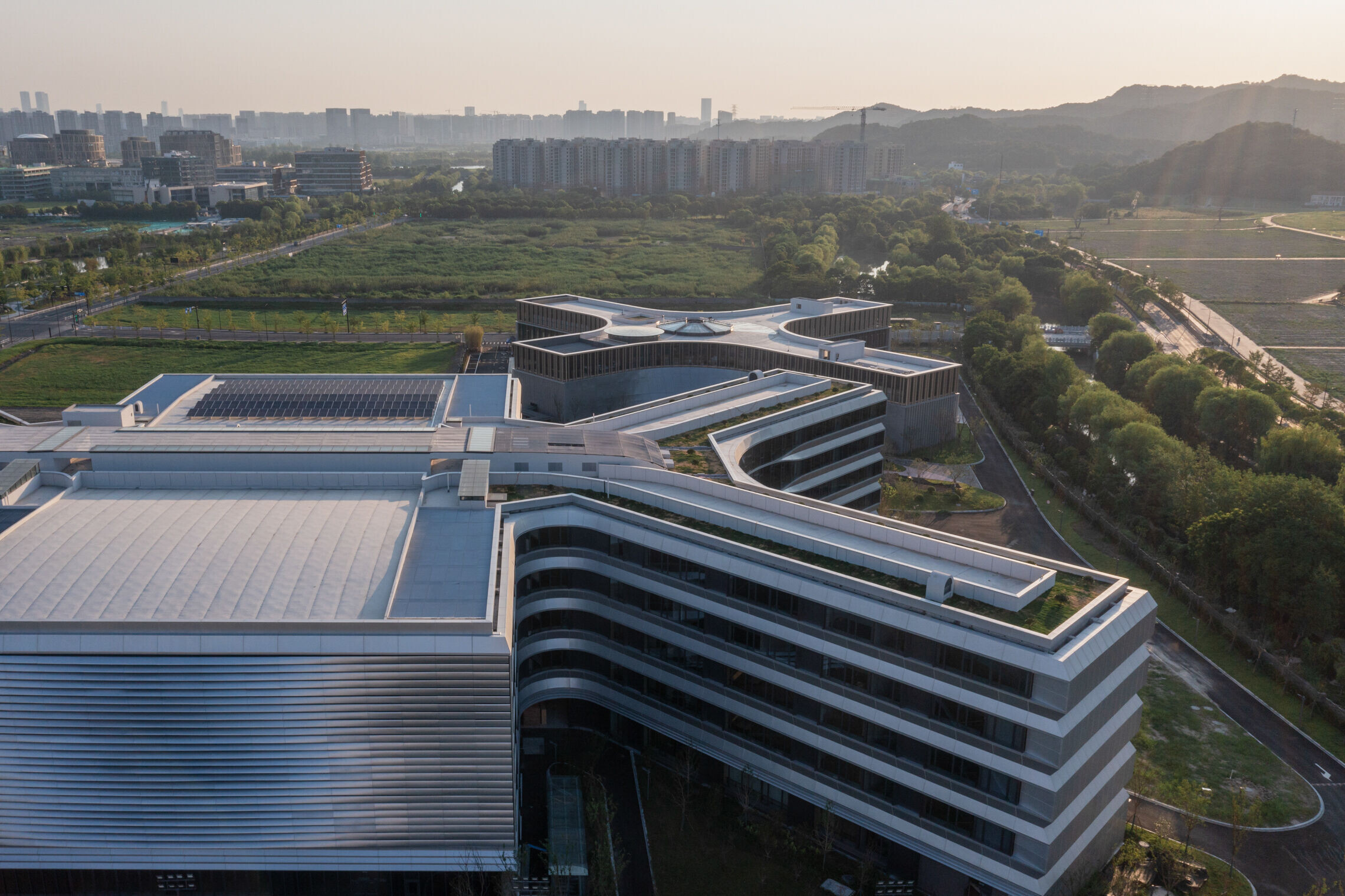
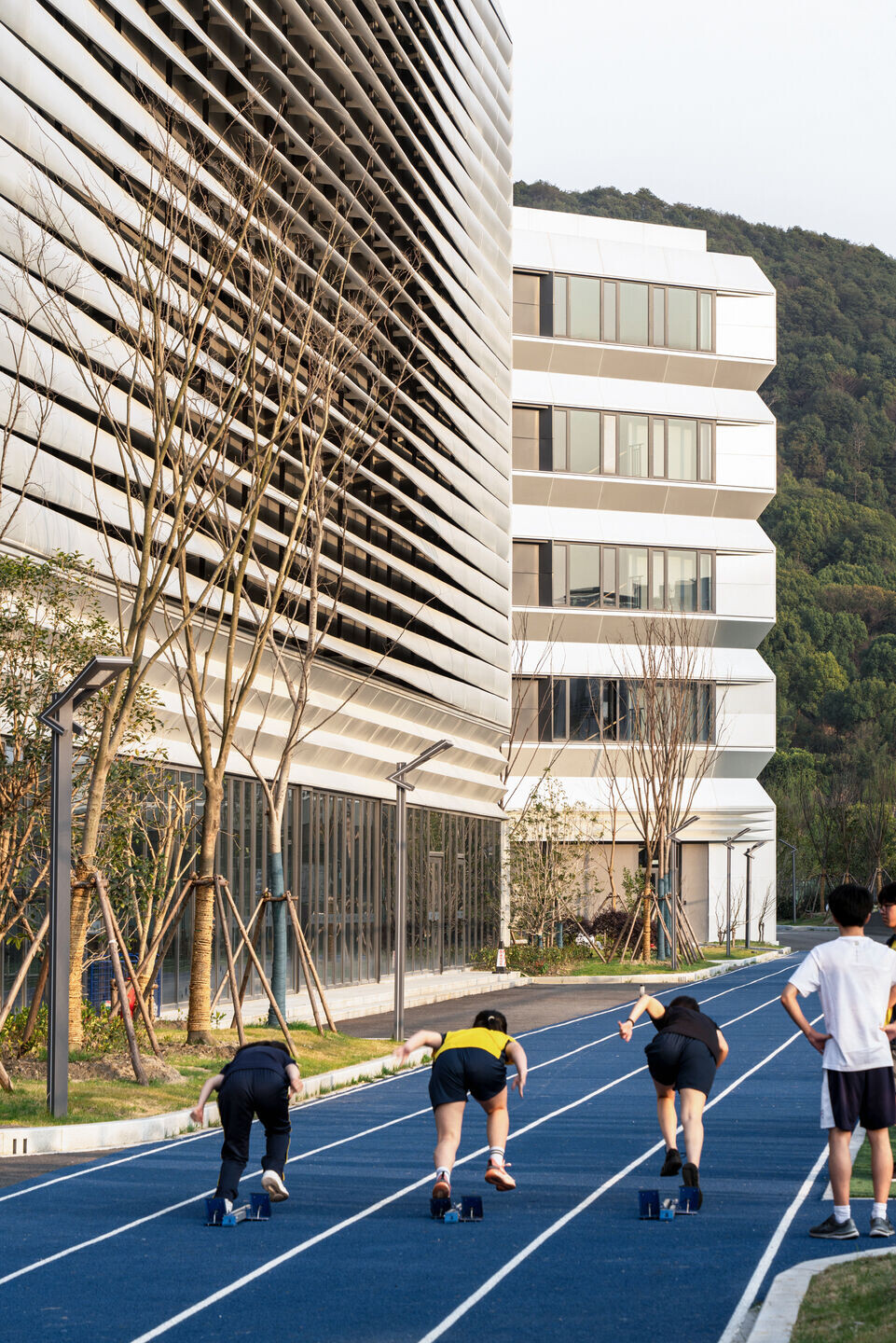
04 Remark
After four years of design and construction, Hangzhou International School welcomed over 800 students and teachers from more than 50 countries in August 2022. Since its opening, we often see scenes of children's activities in different spaces on social media, and the envisioned Education Hub is gradually becoming vivid through the use of teachers and students. We hope that this space prototype experiment can produce positive results, help educators achieve their aspirations, and become a "small airport" for children's dreams to take off.
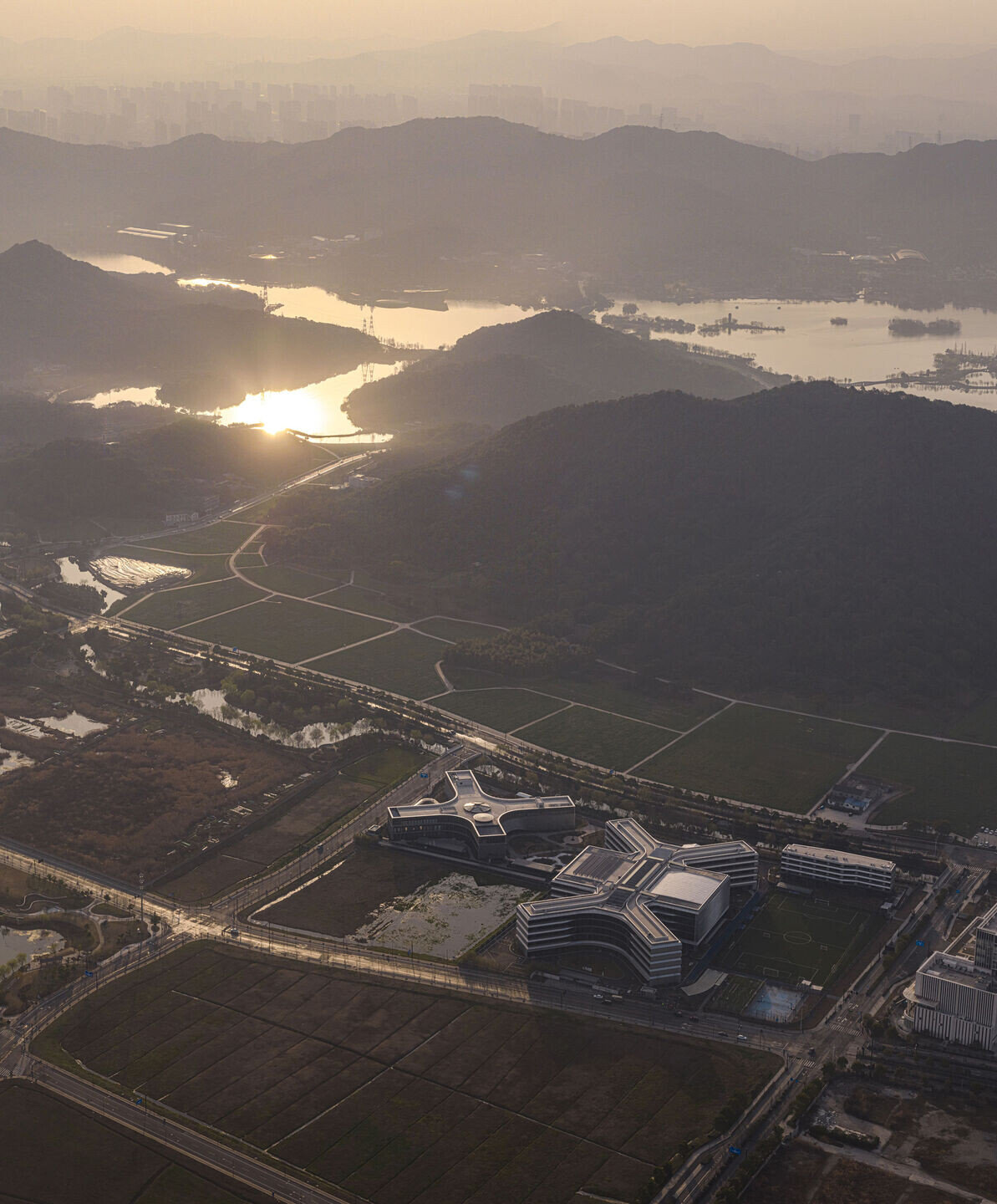
Project Name: Hangzhou International School
Design Firm: line+ studio, gad
Chief Architect/Project Principal: Zhu Peidong
Website: www.lineplus.studio
Contact: [email protected]
Design Team: Sun Xiaoyu, Wu Haiwen, Huang Yunting, Du Mengying, Yang Xiaoyu
Structural and MEP Design: Zhejiang Greentown Architectural Design Co., Ltd.
Design Team: Yao Kaiming, Zhu Qi, Shen Xiaodong (structure), Shen Xiaowei, Gong Hai, Hu Min, Qian Zijun (plumbing), Jiang Tao, Chen Guoping, Cao Jun (electrical), Ji Mingxing, Yao Guocai (HVAC)
Client: Hangzhou International School
Facade Consultant: Zhejiang Jian Gong Façade Decoration Co., Ltd.
Interior Consultant: R+S (China), Qingdao Times Architectural Design Co., Ltd.
Landscape Consultant: Shanghai Tianxia Landscape Planning & Design Co., LTD
Municipal Consultant: Zhejiang University Architectural Design & Research Institute Co., LTD. Municipal Branch
Prefabrication Deepening Unit: Shanghai Research Concrete Building Design Co., LTD
Location: Hangzhou, Zhejiang
Floor Area: 49,083.5 sqm (above ground)
Design Period: June 2018-August 2019
Construction Period: August 2019-August 2022
Structure: Steel structure + reinforced concrete frame structure
Materials: Aluminum panels, crystal gray glass
Photography: schranimage, line+




























